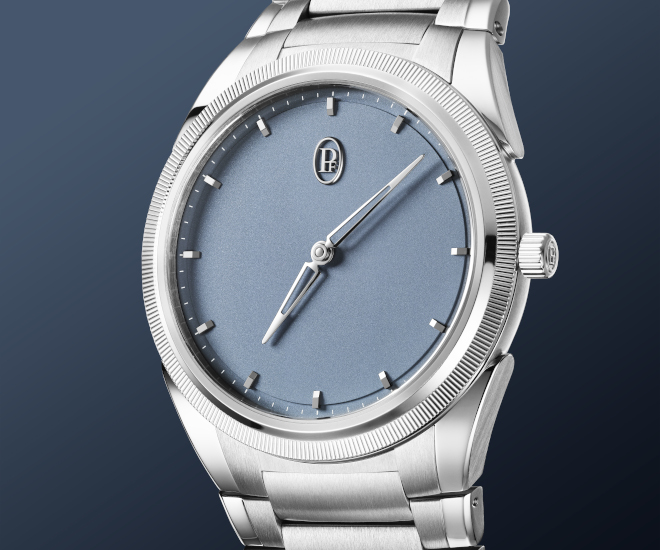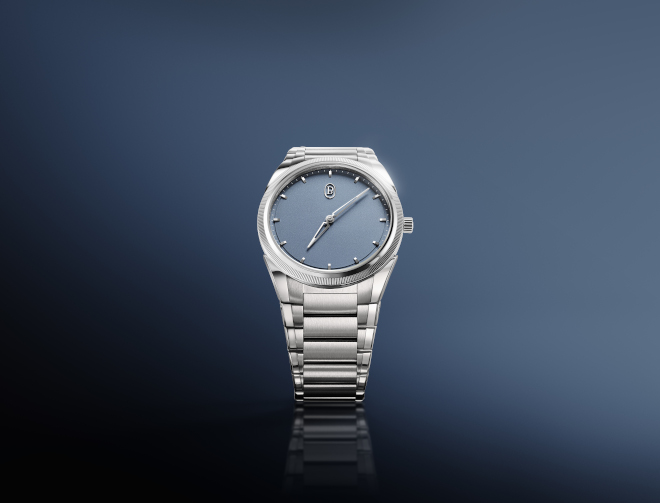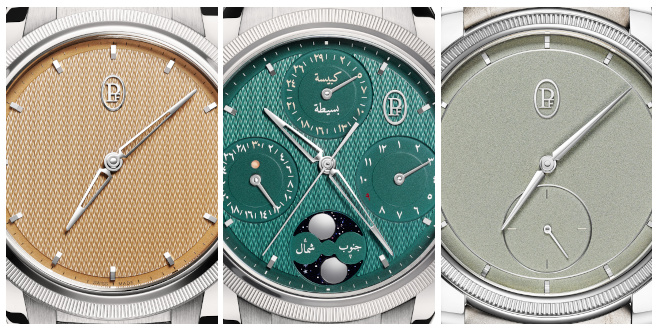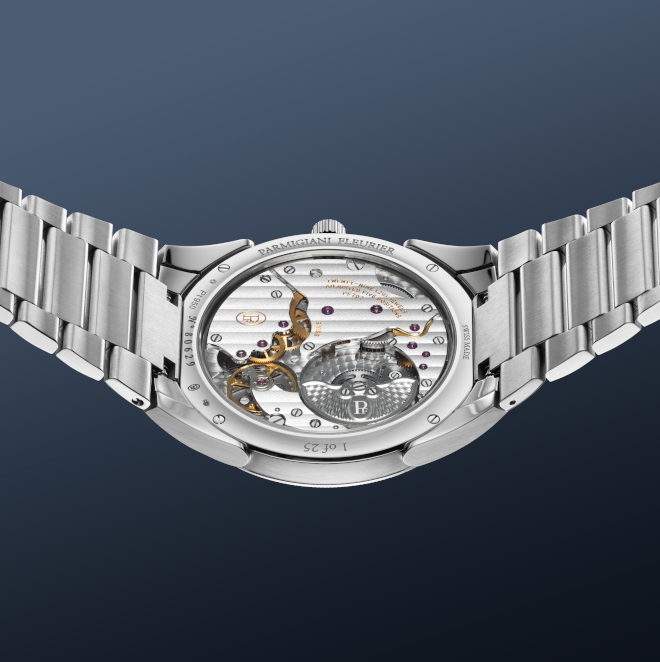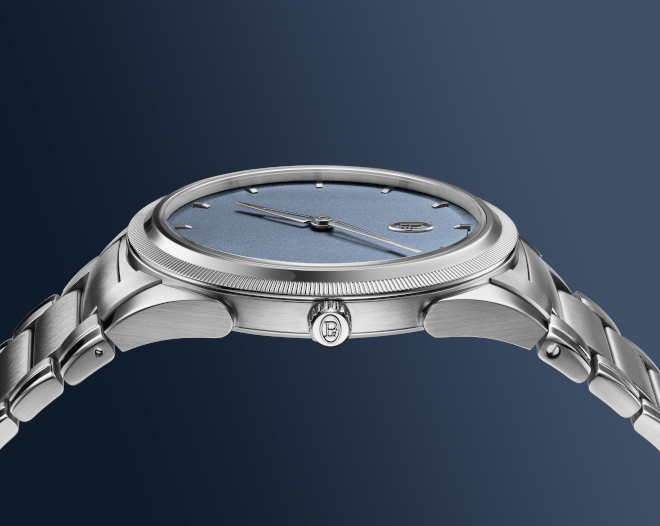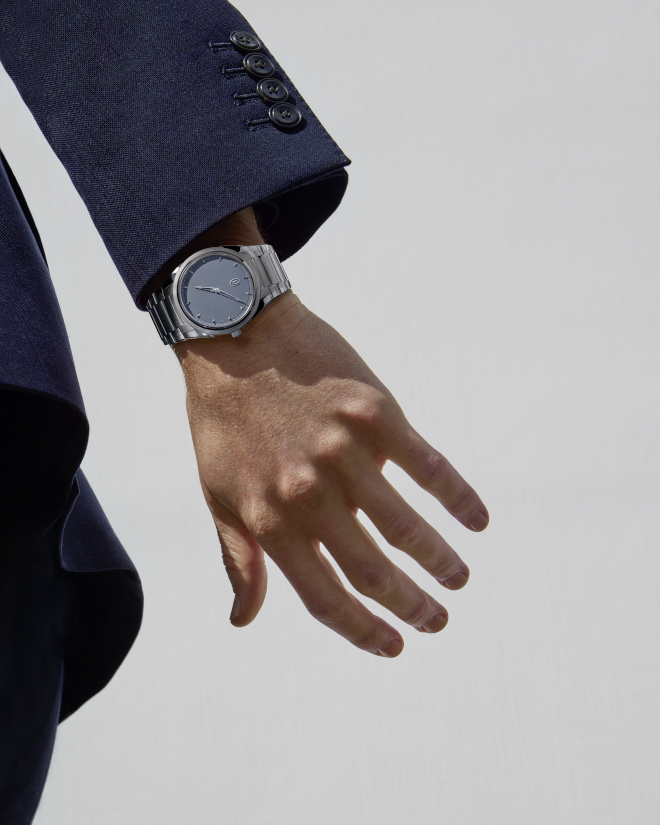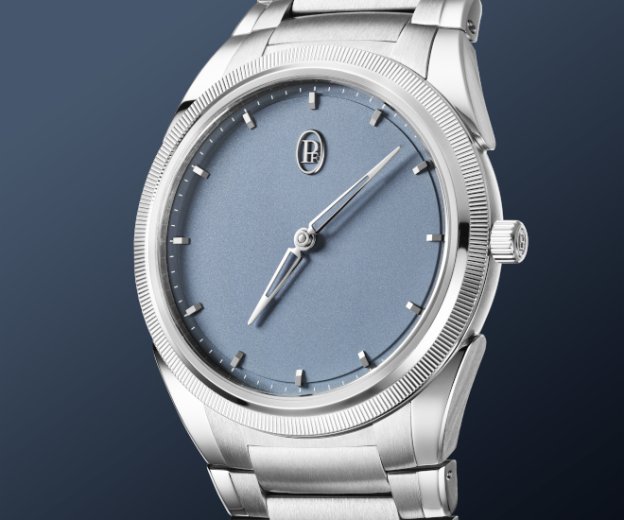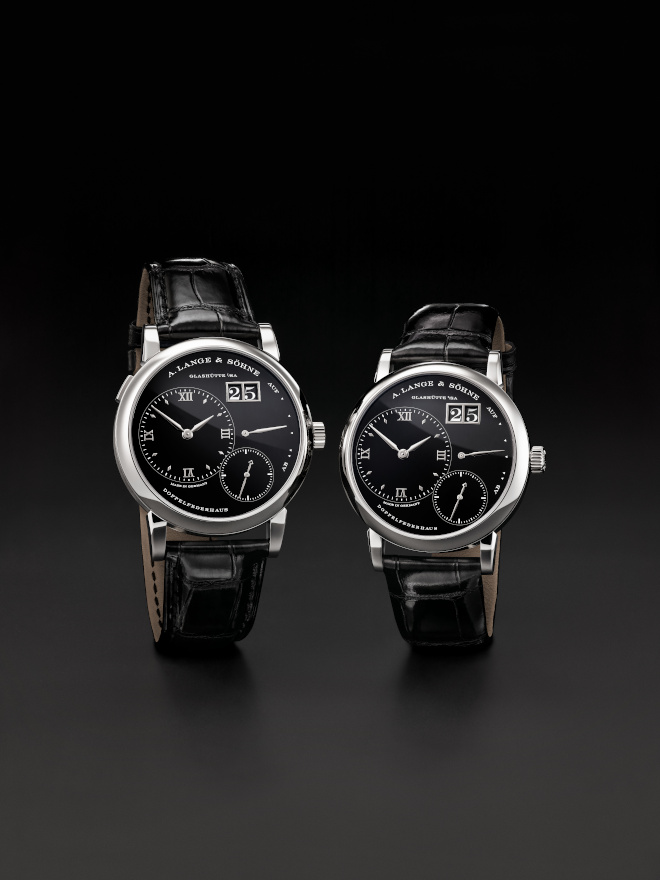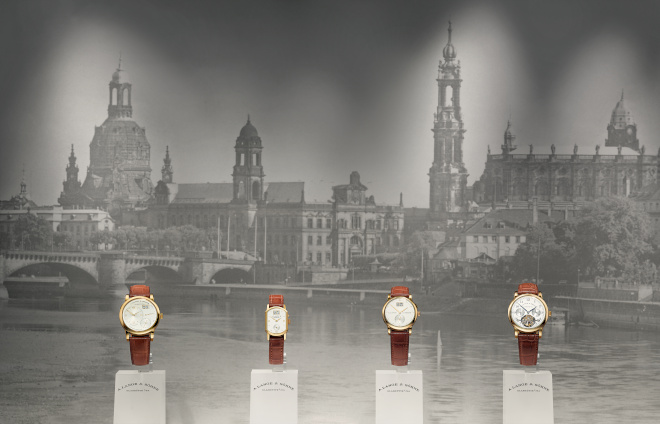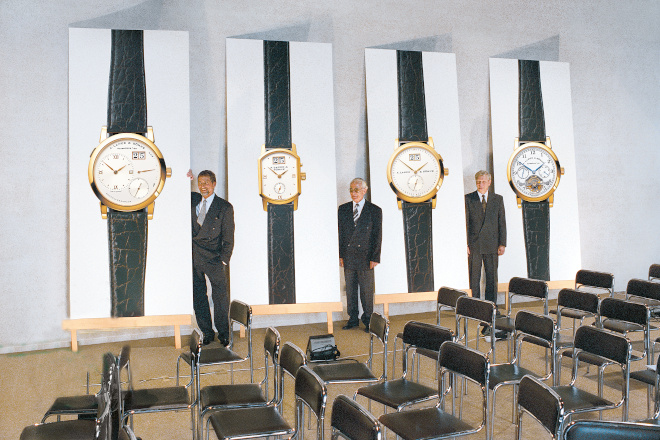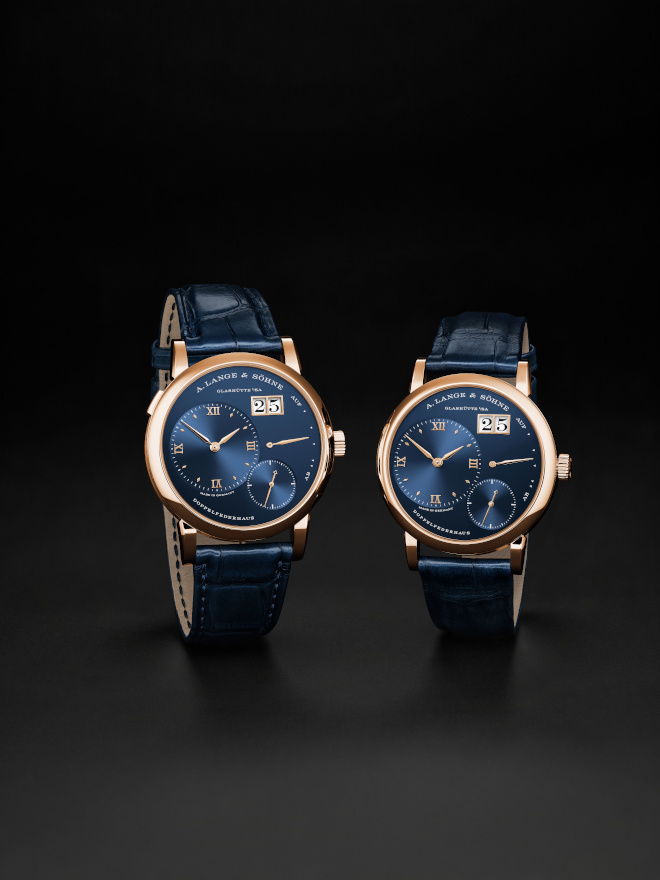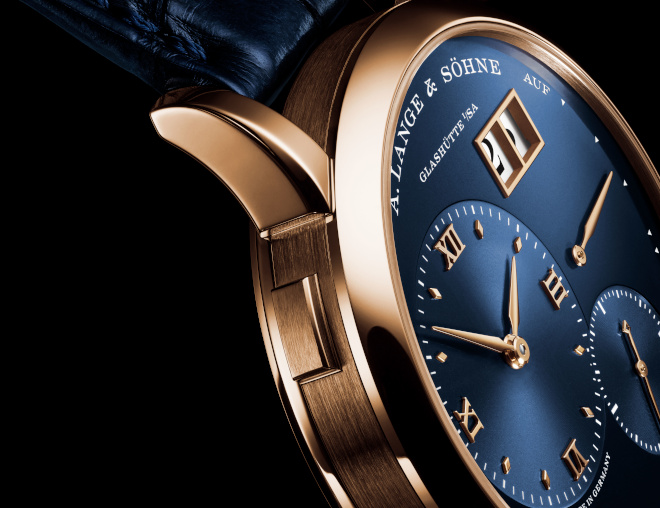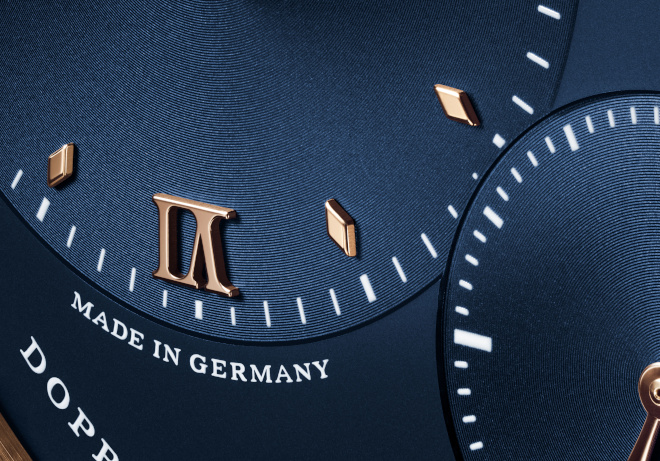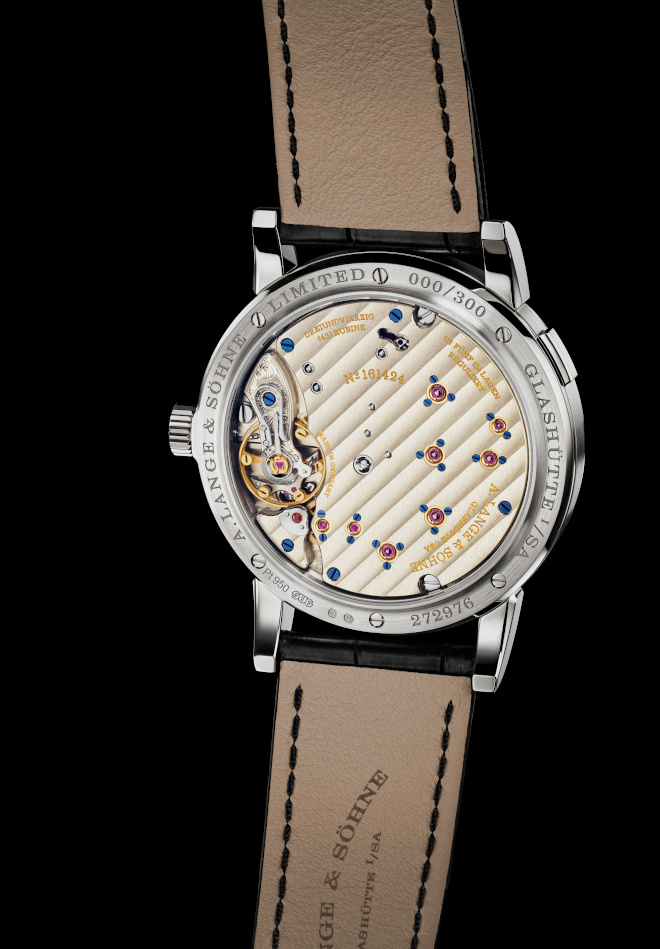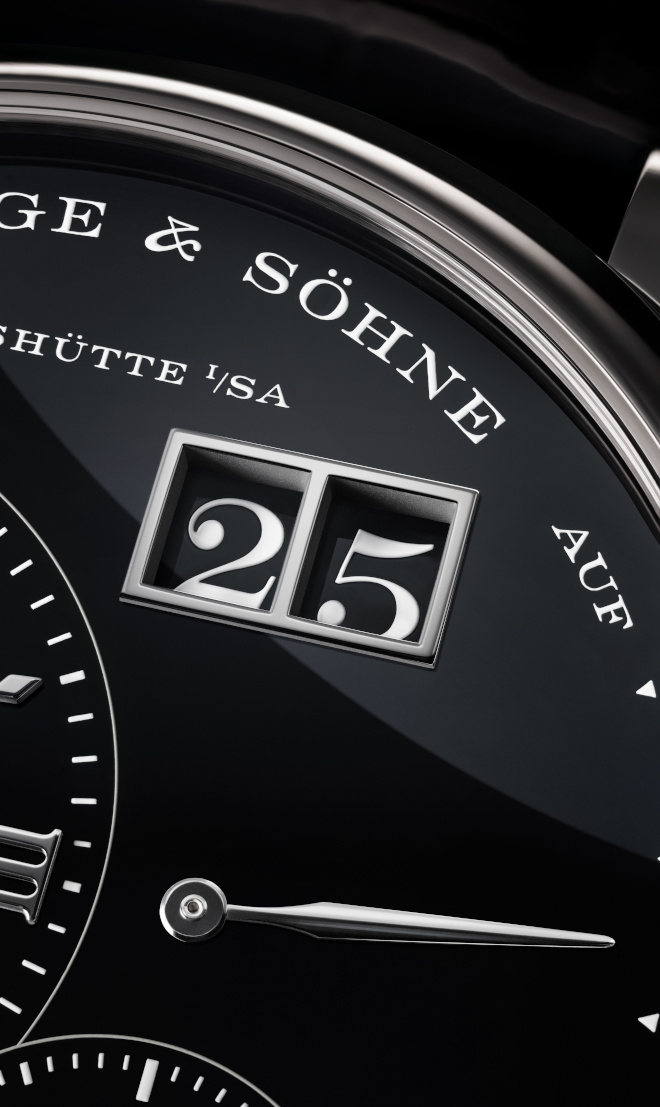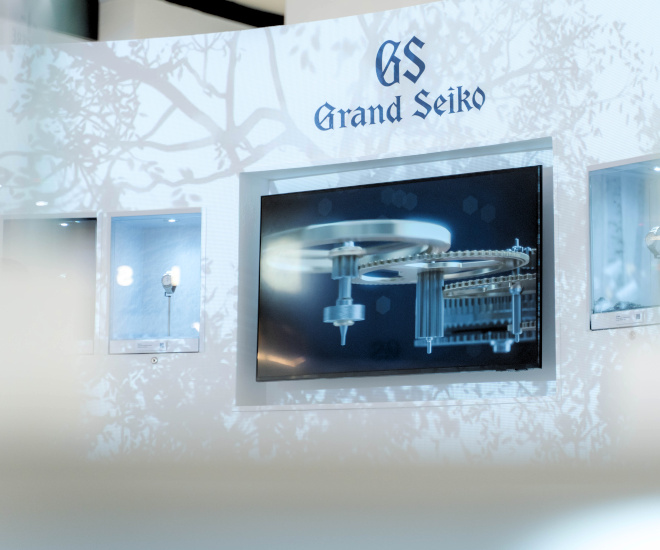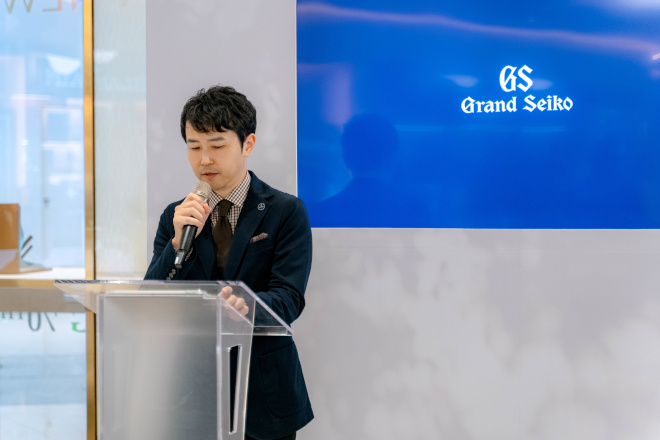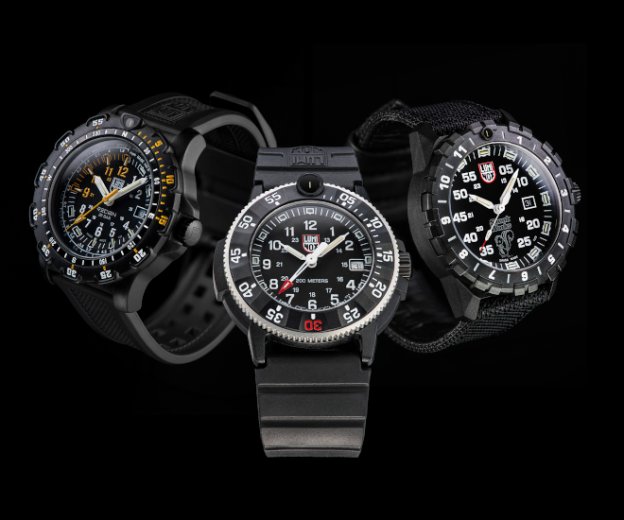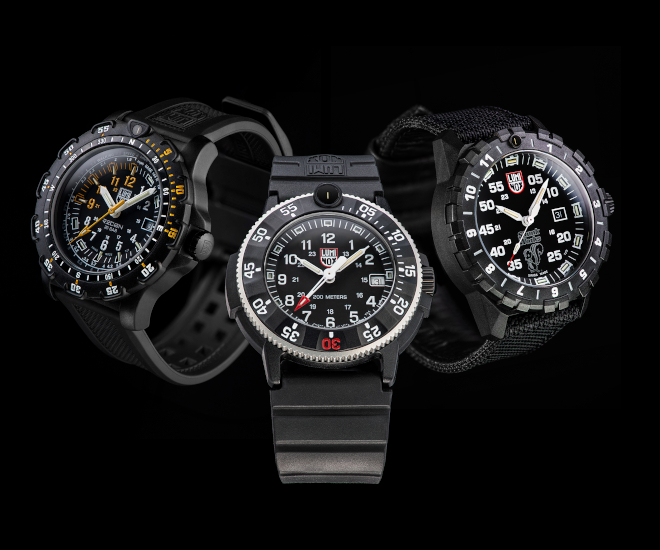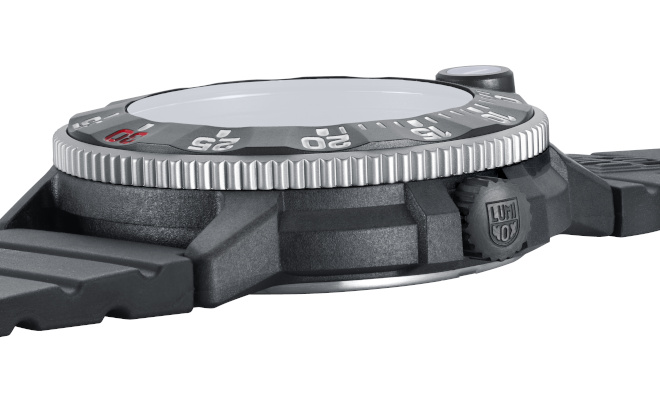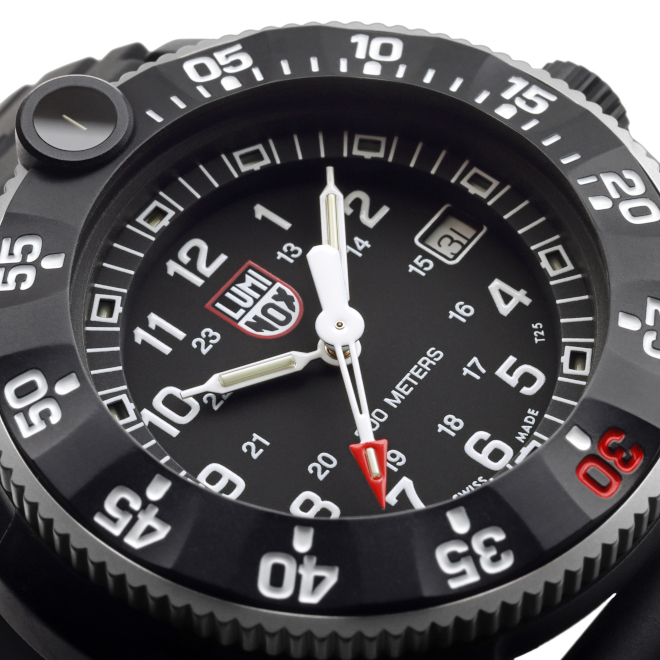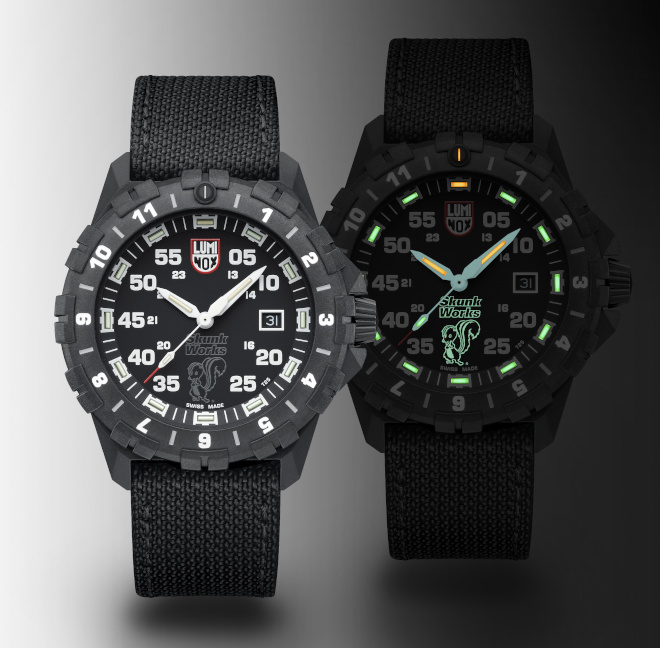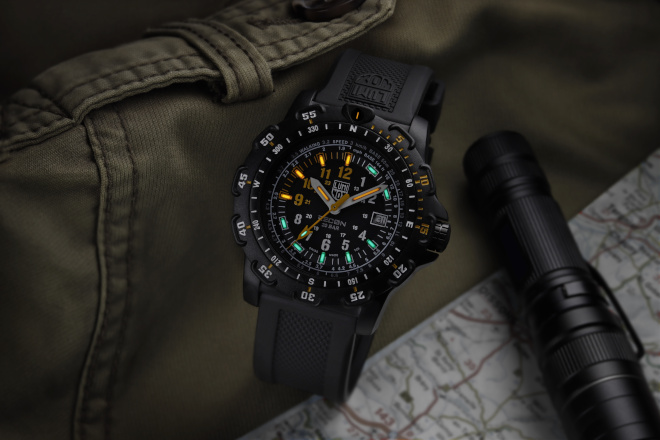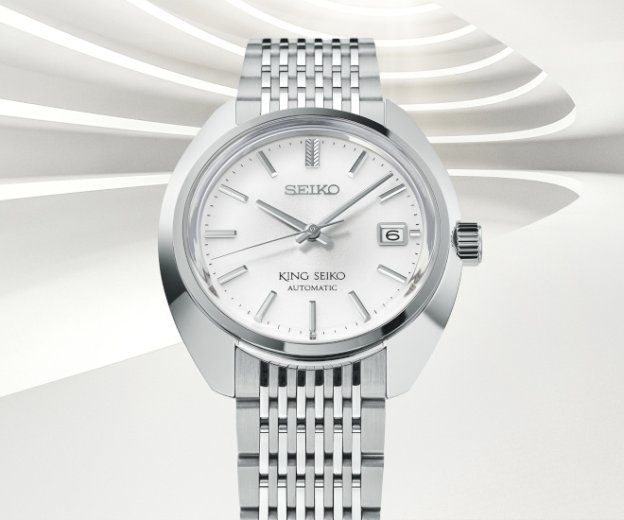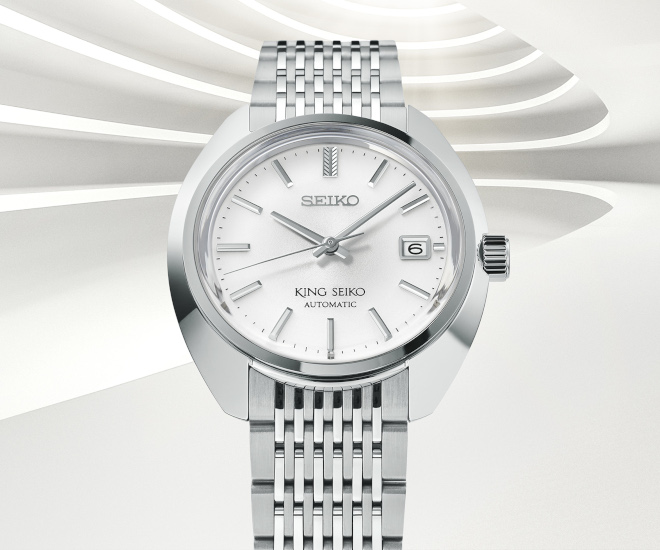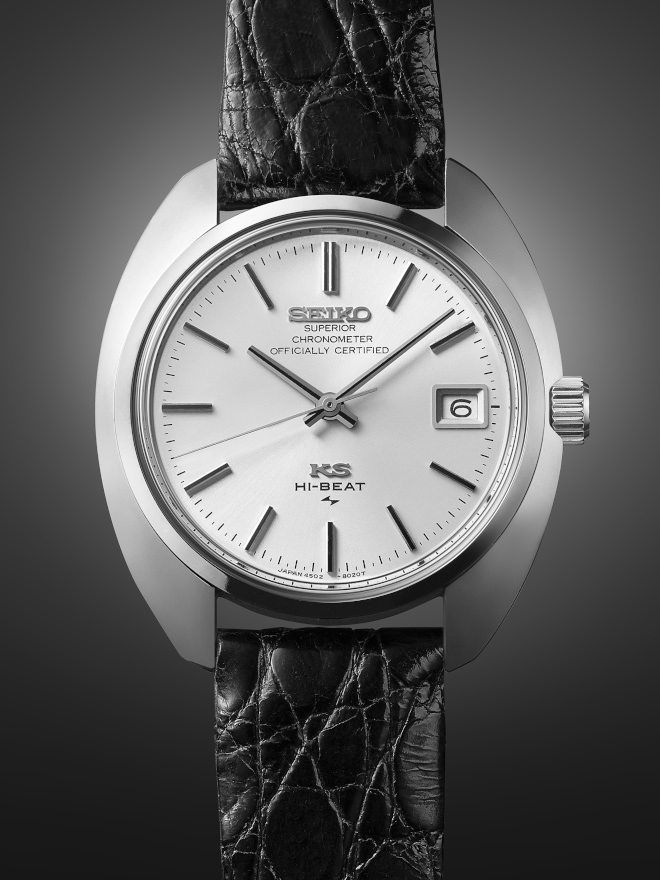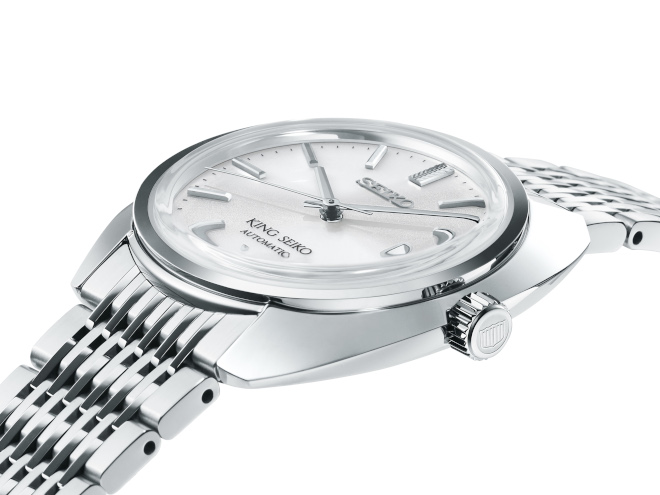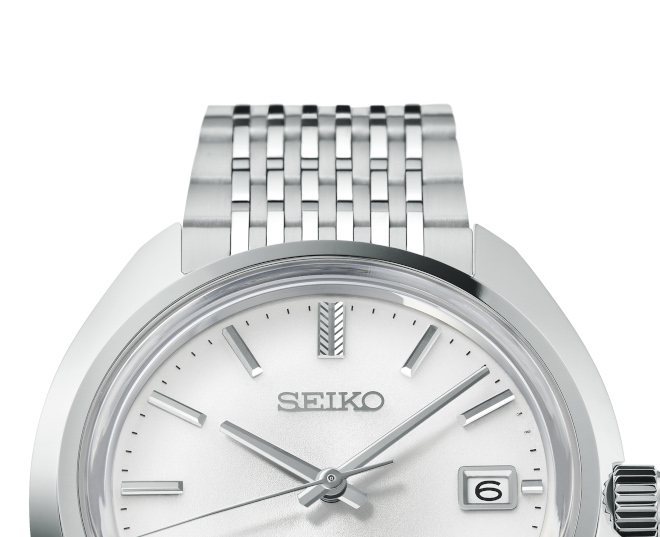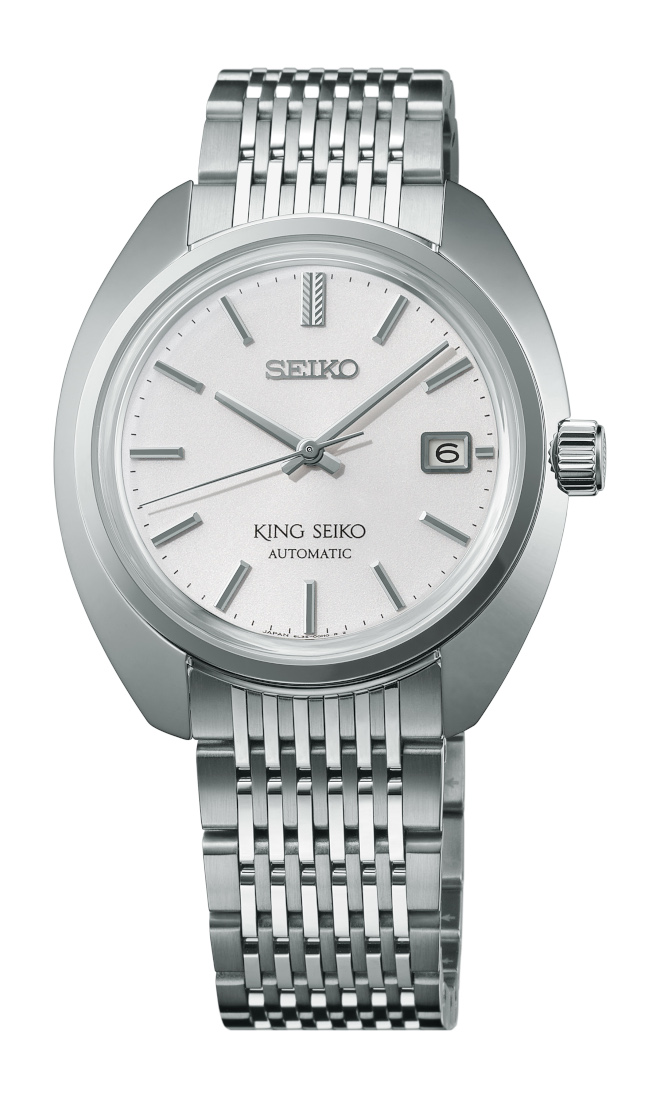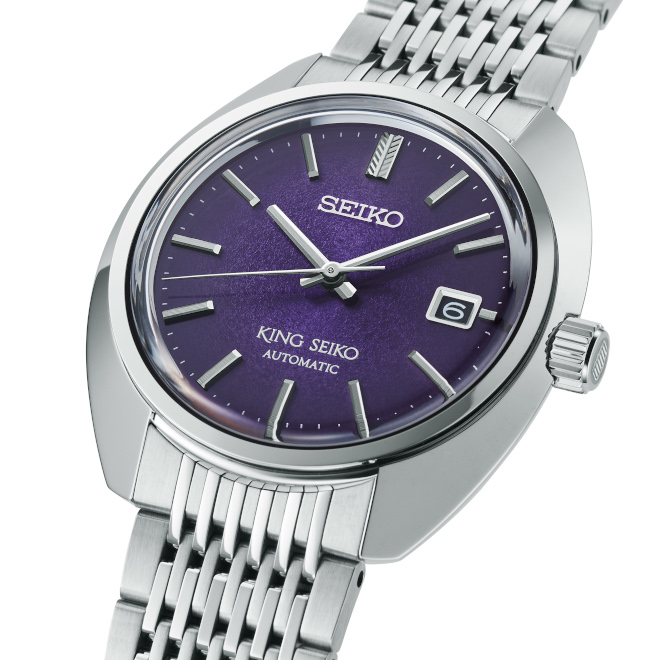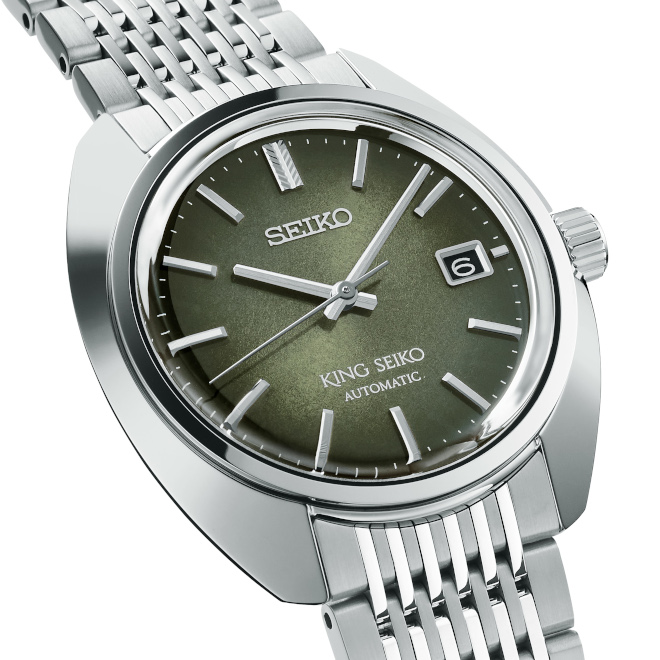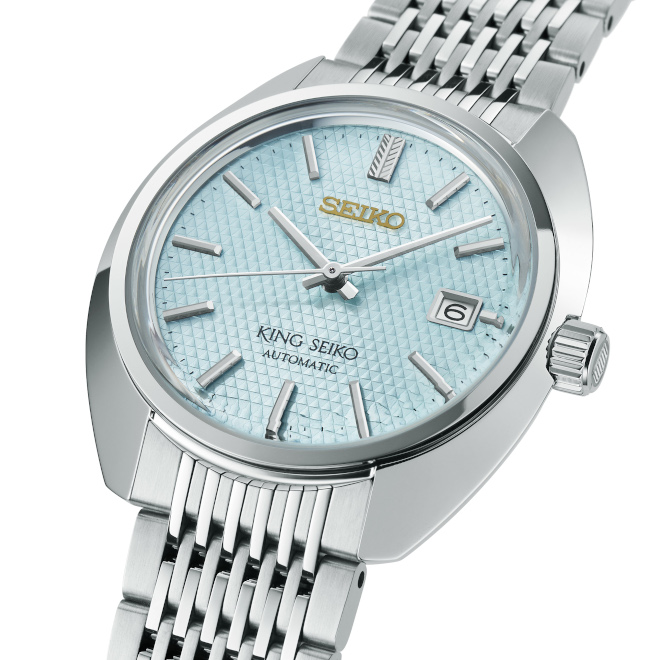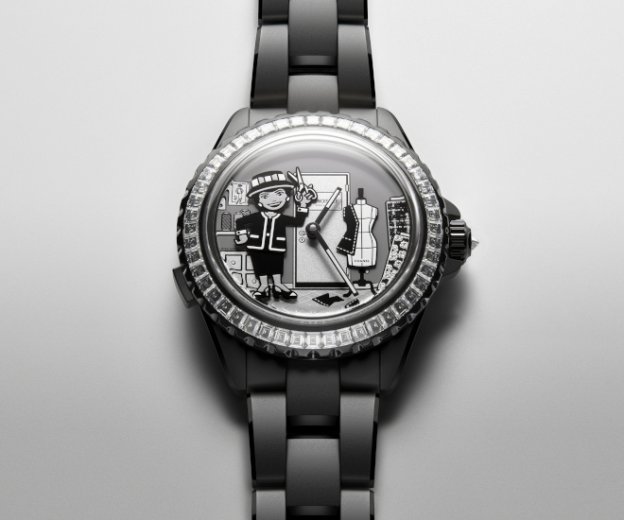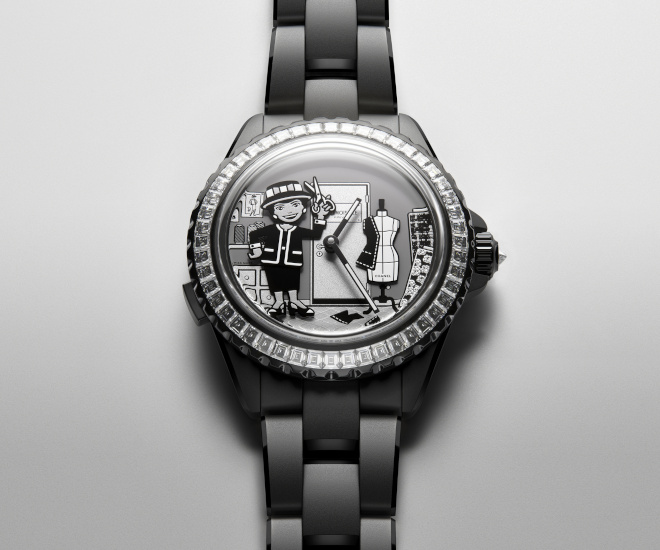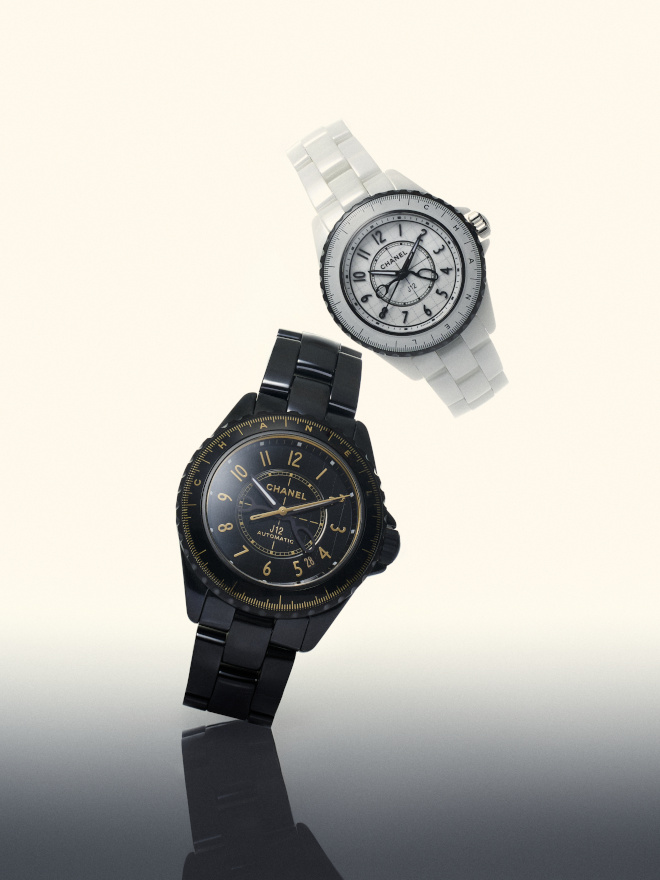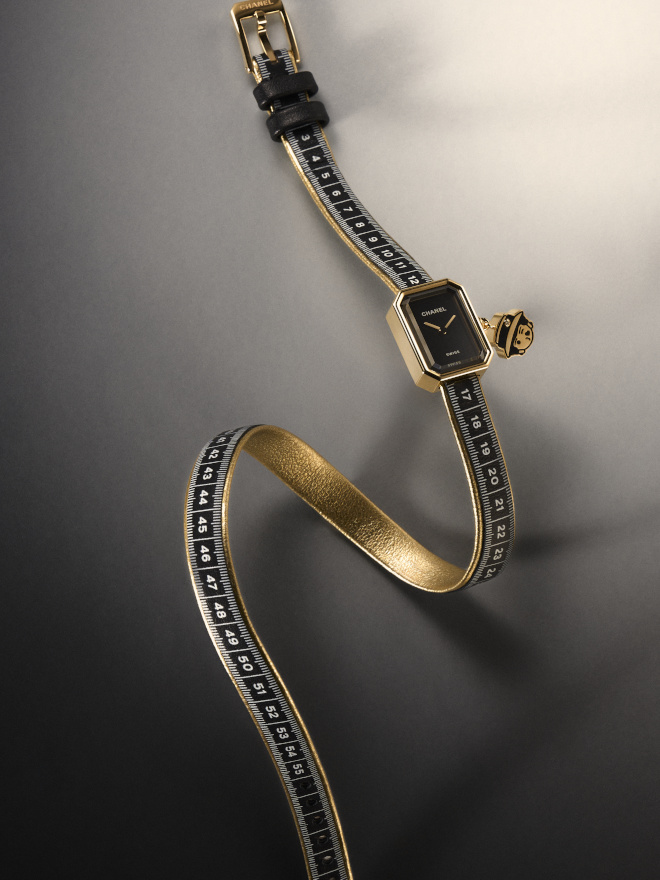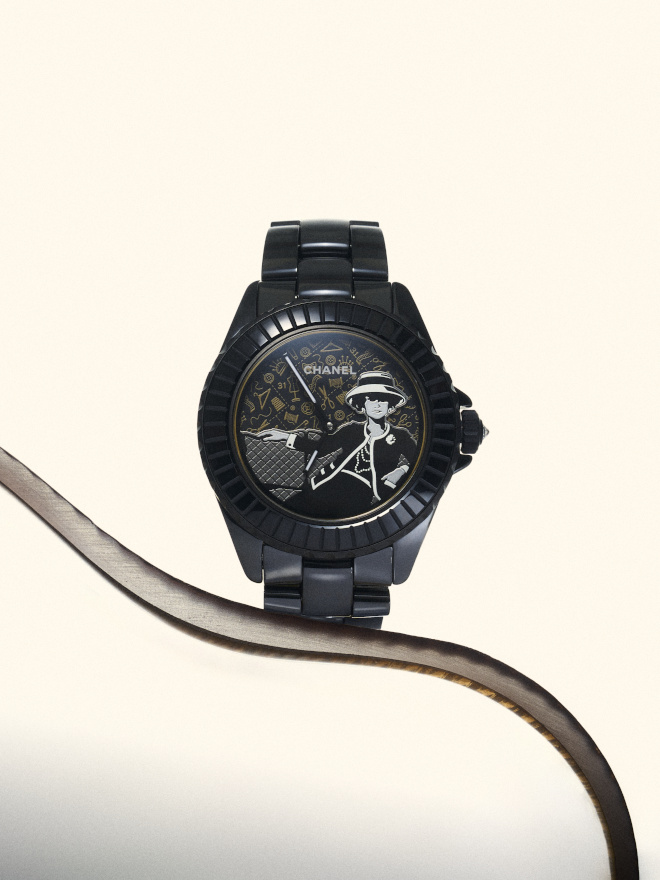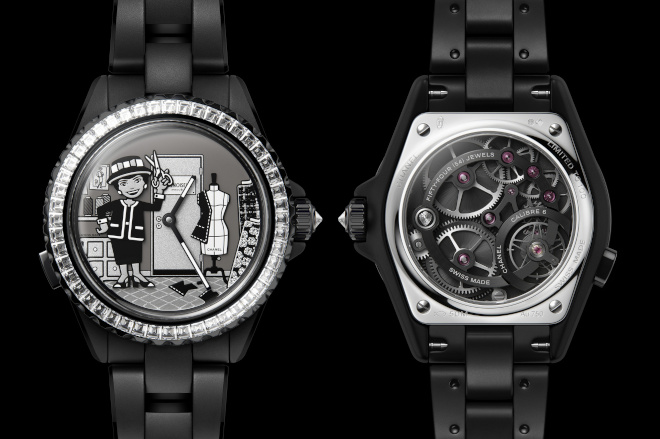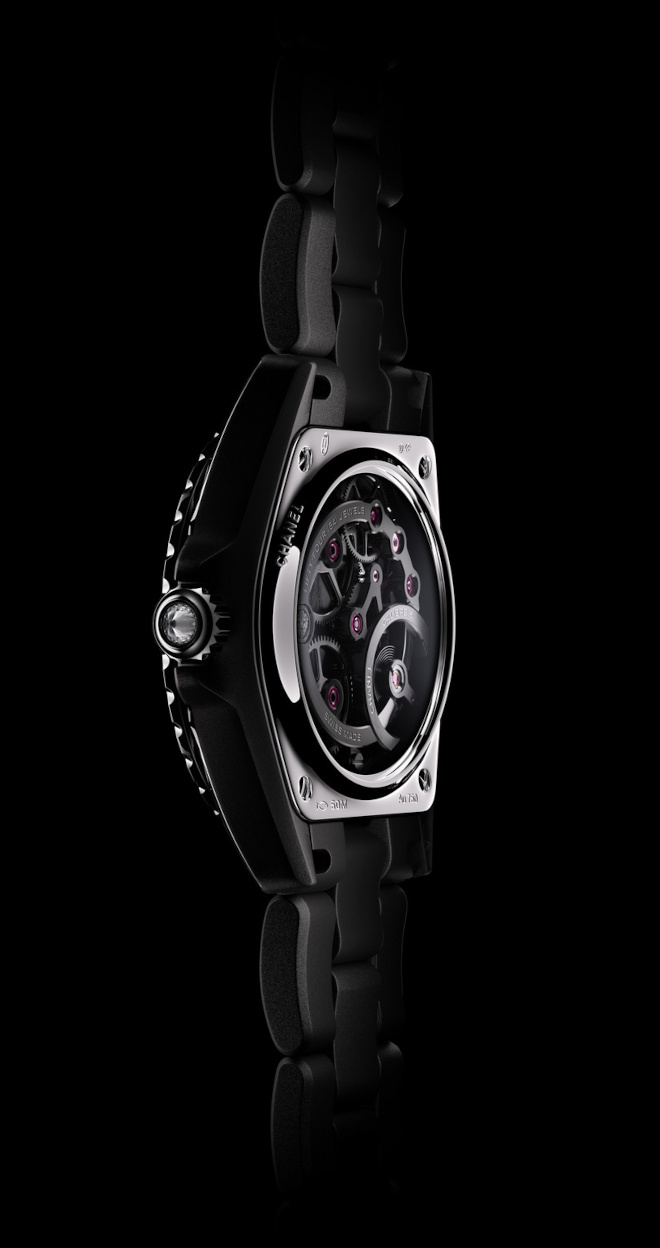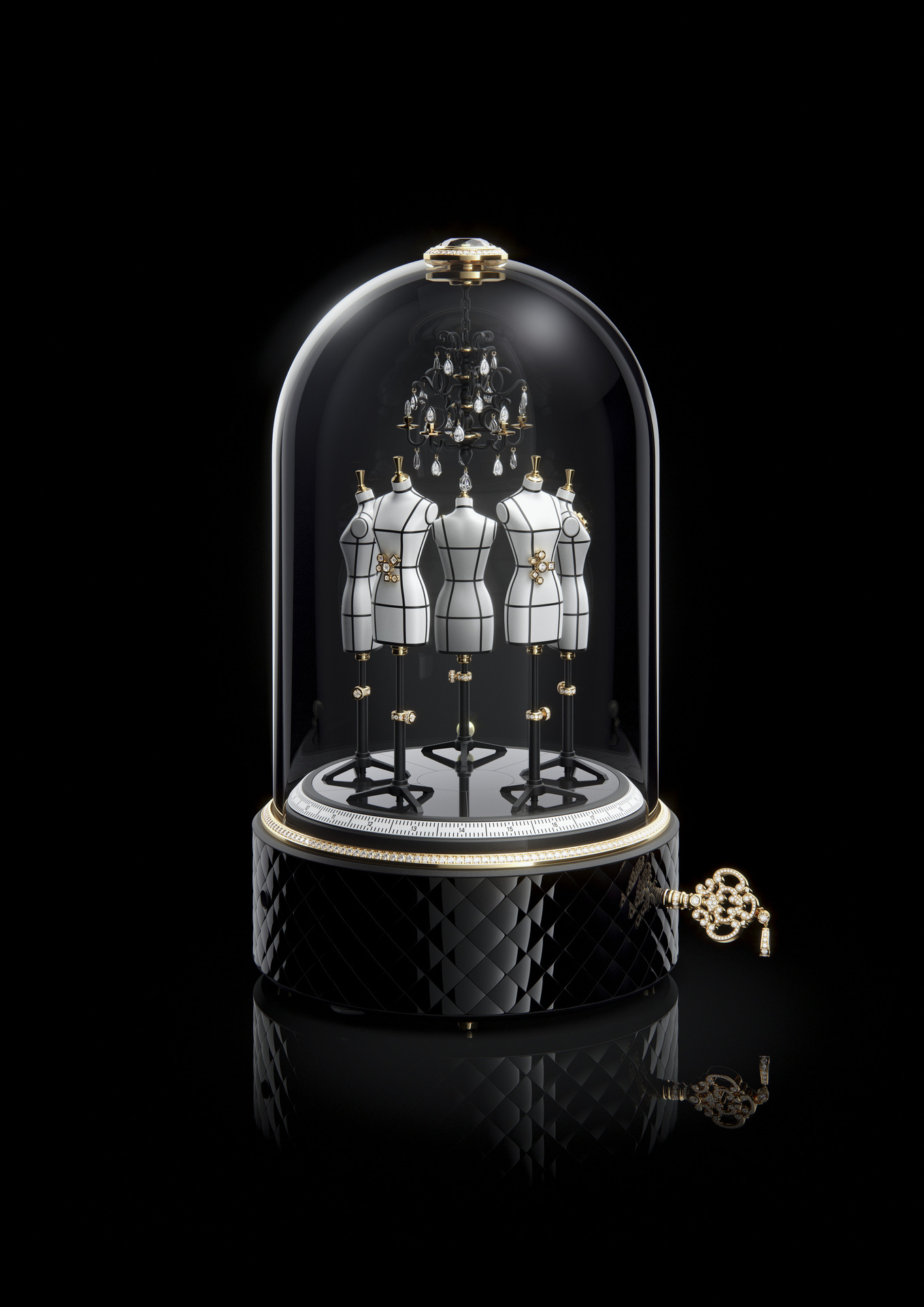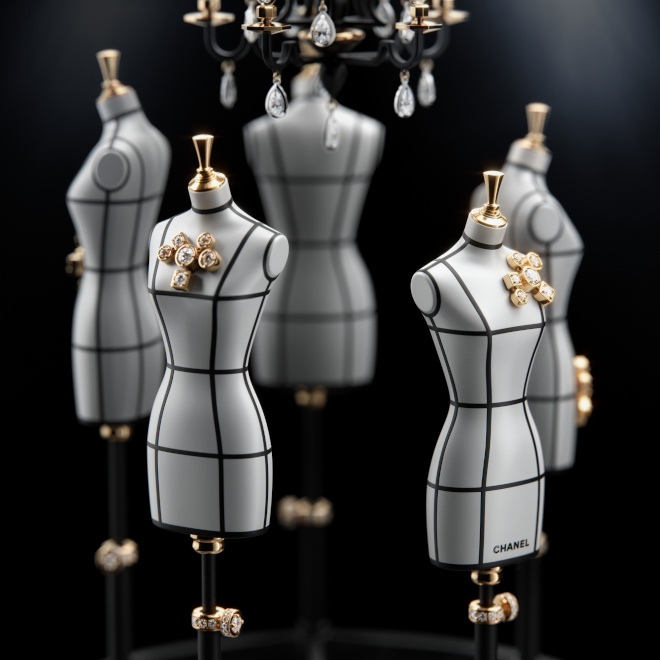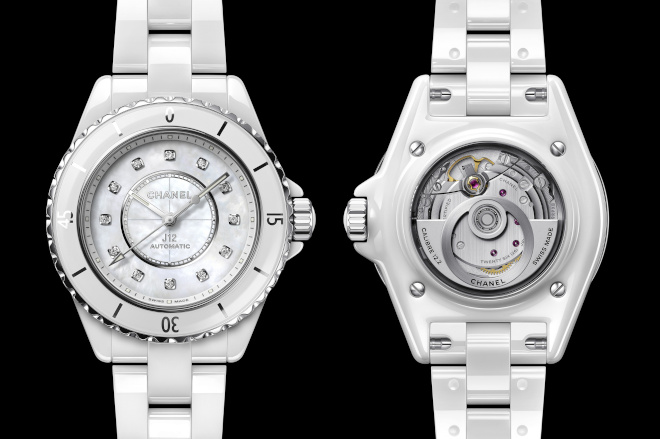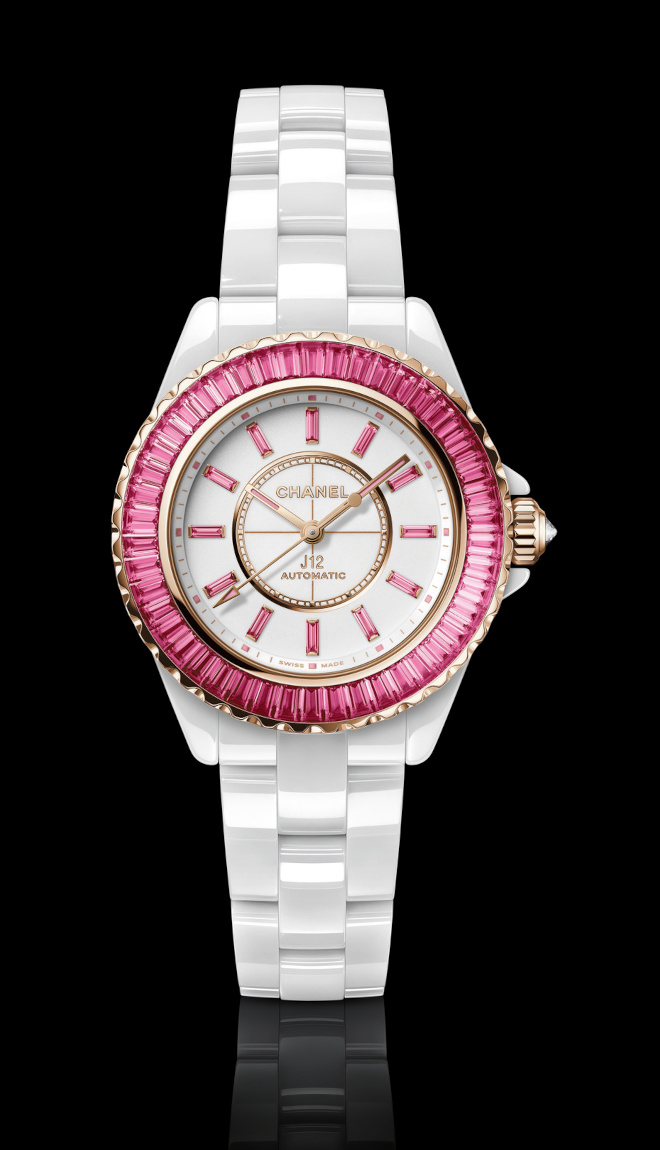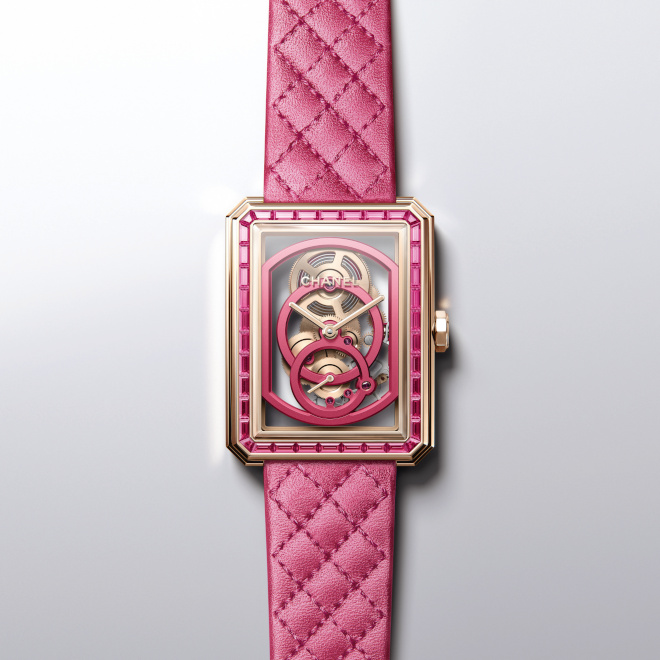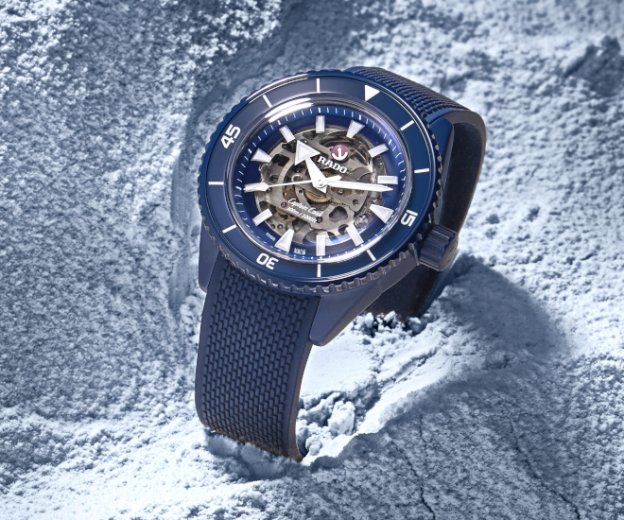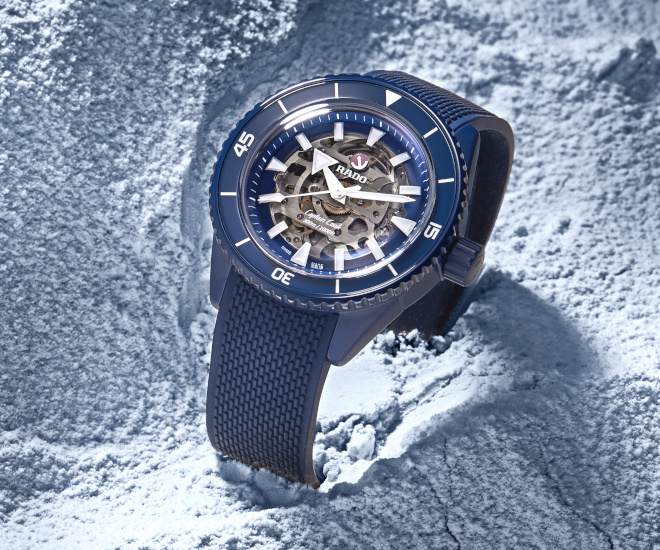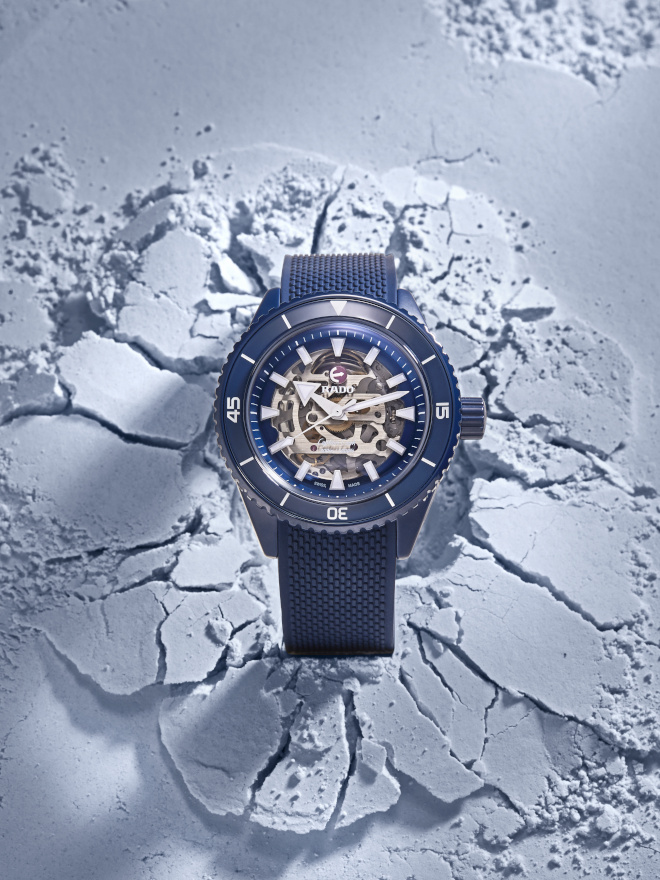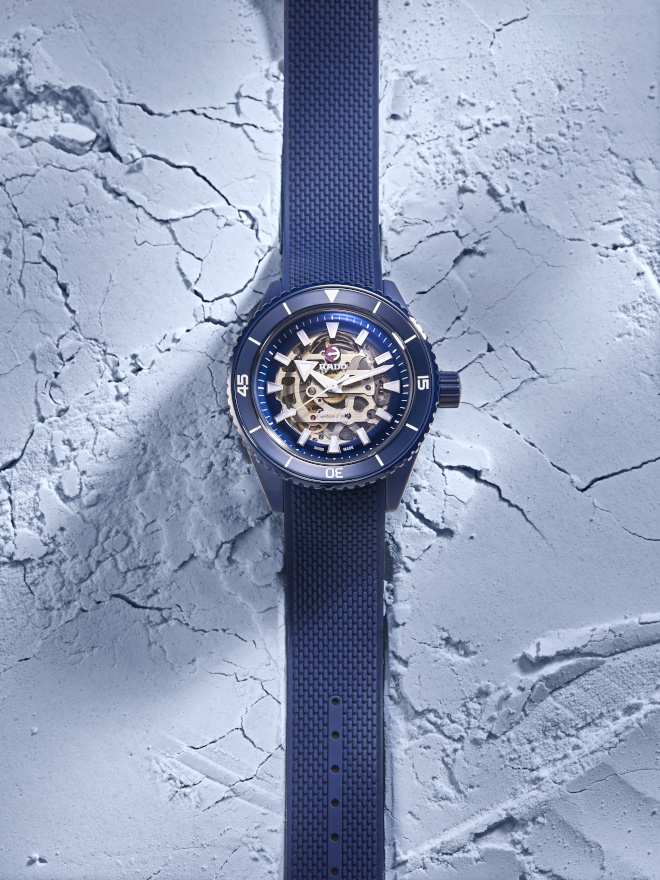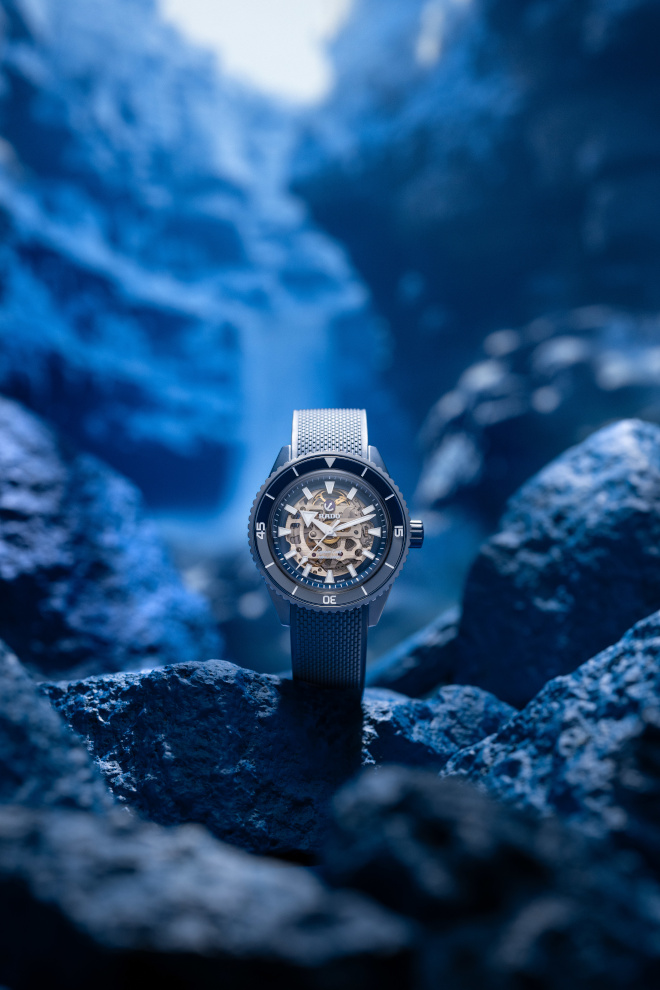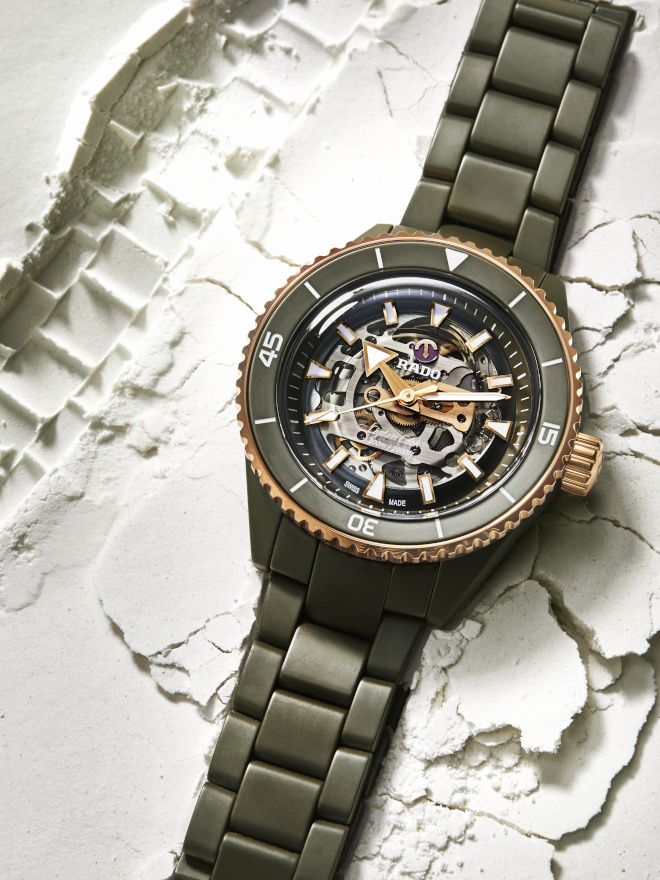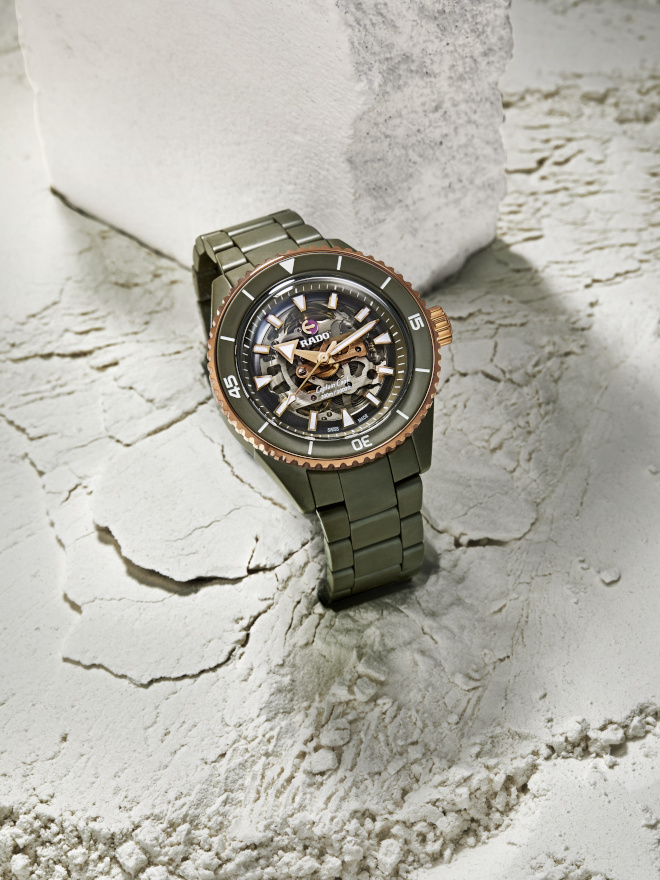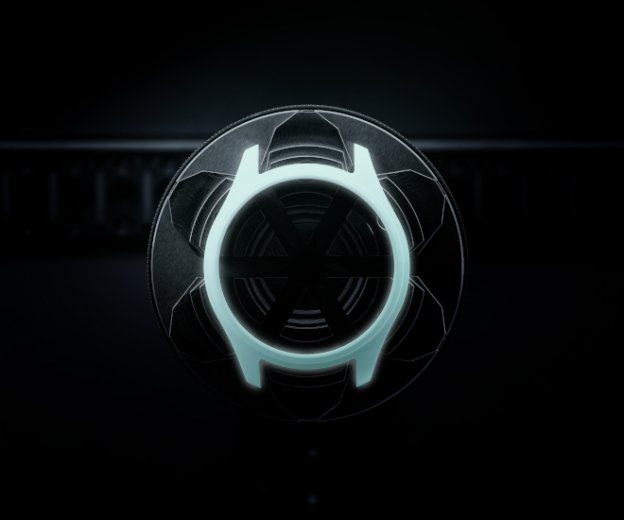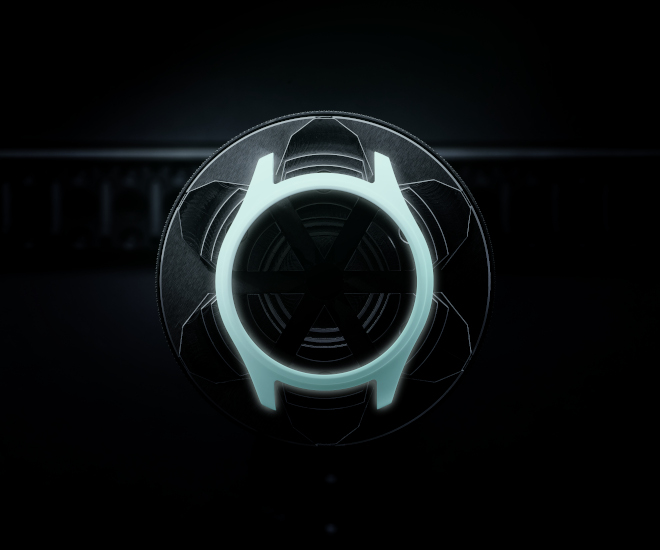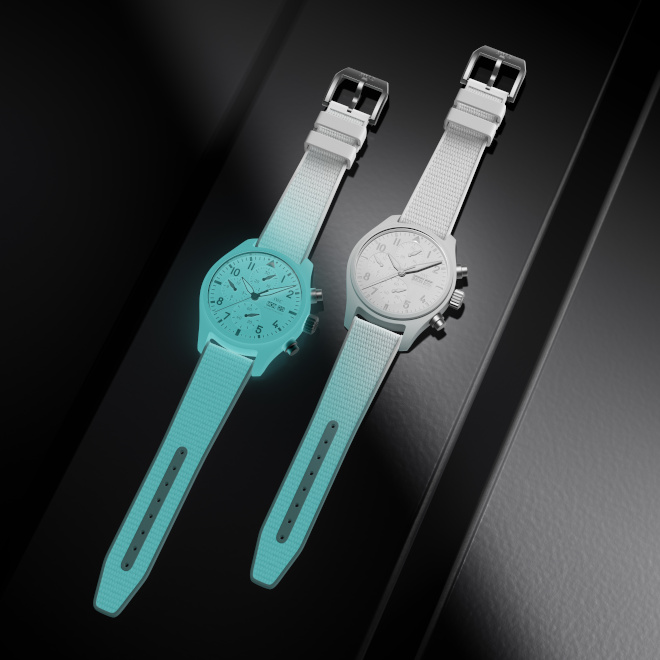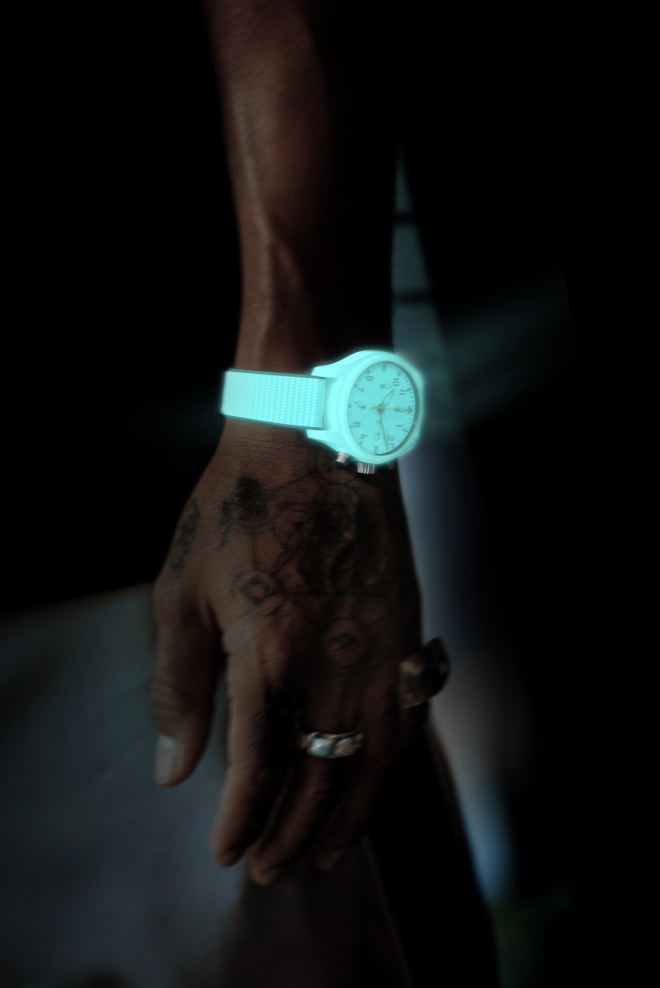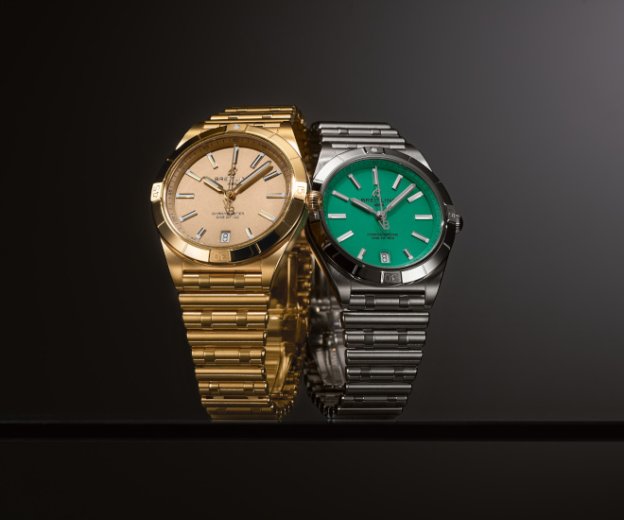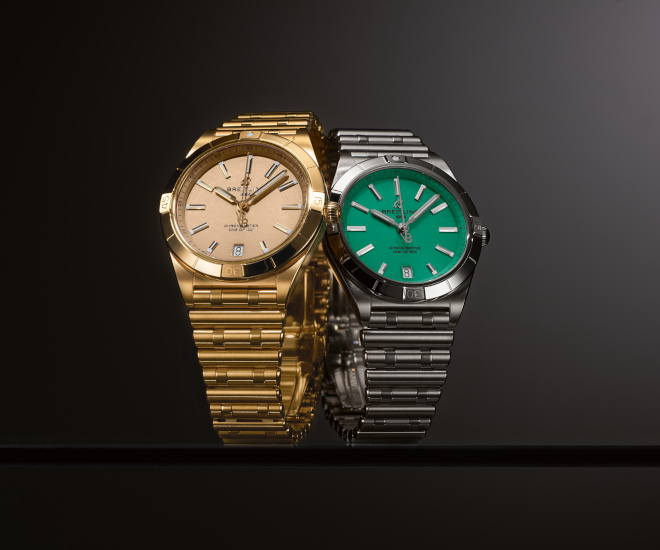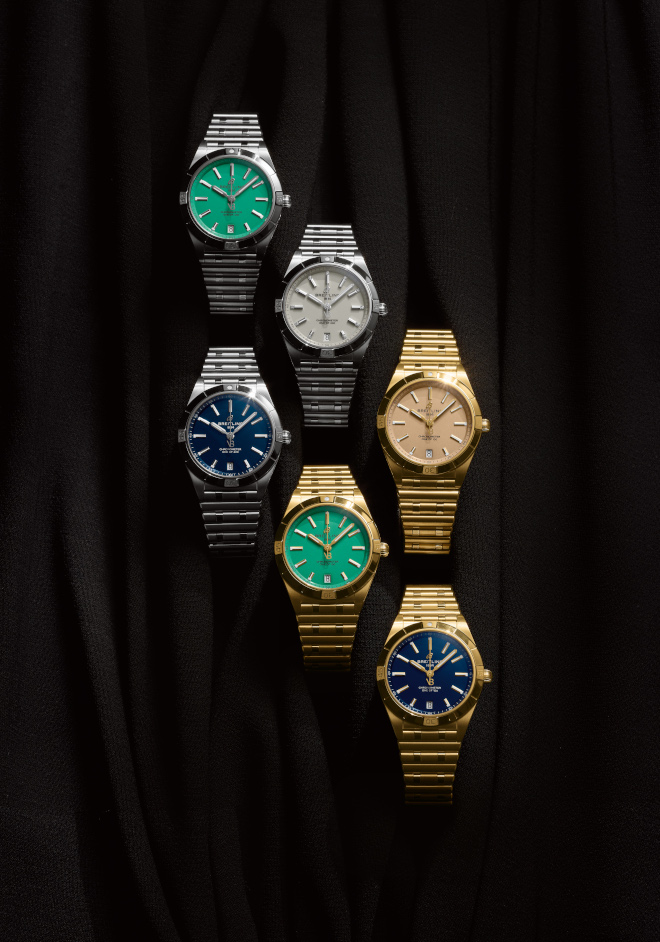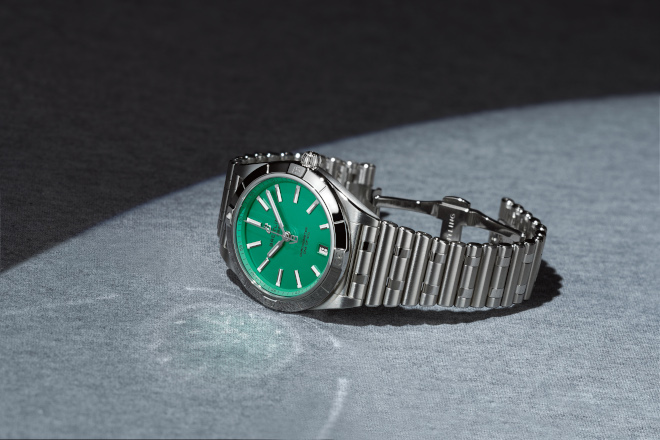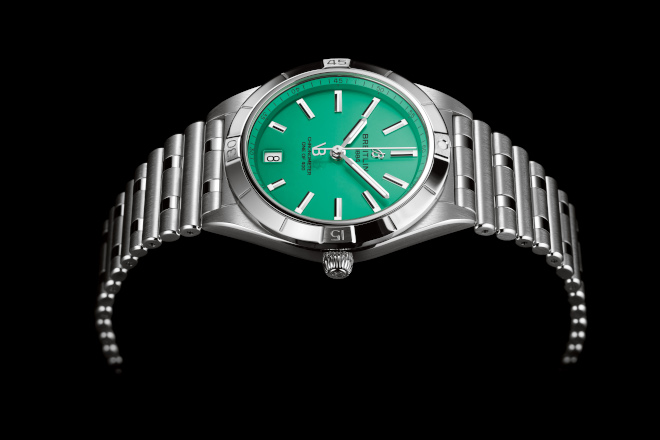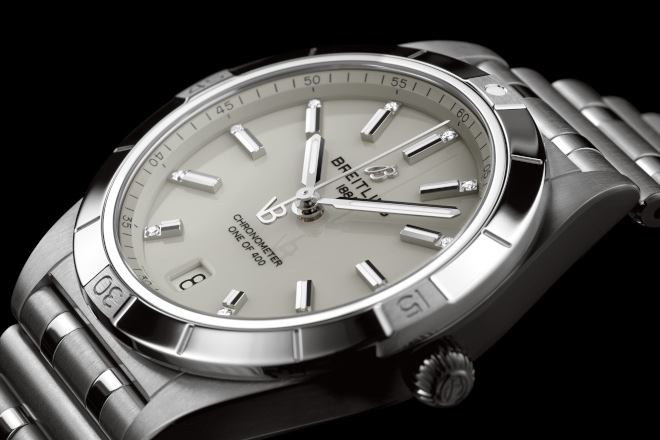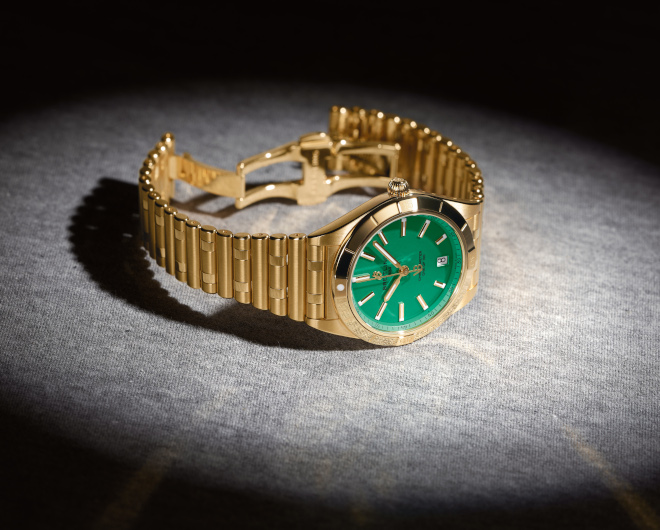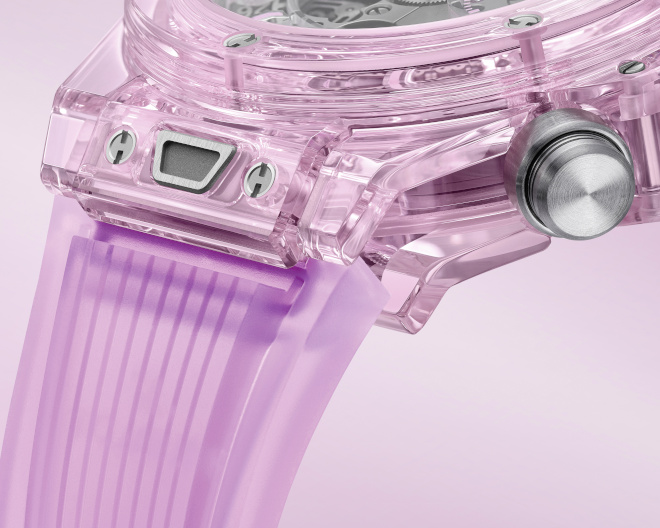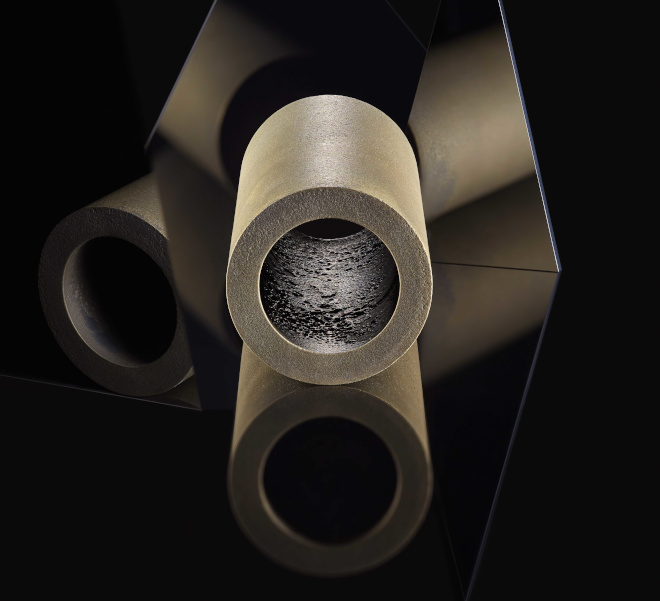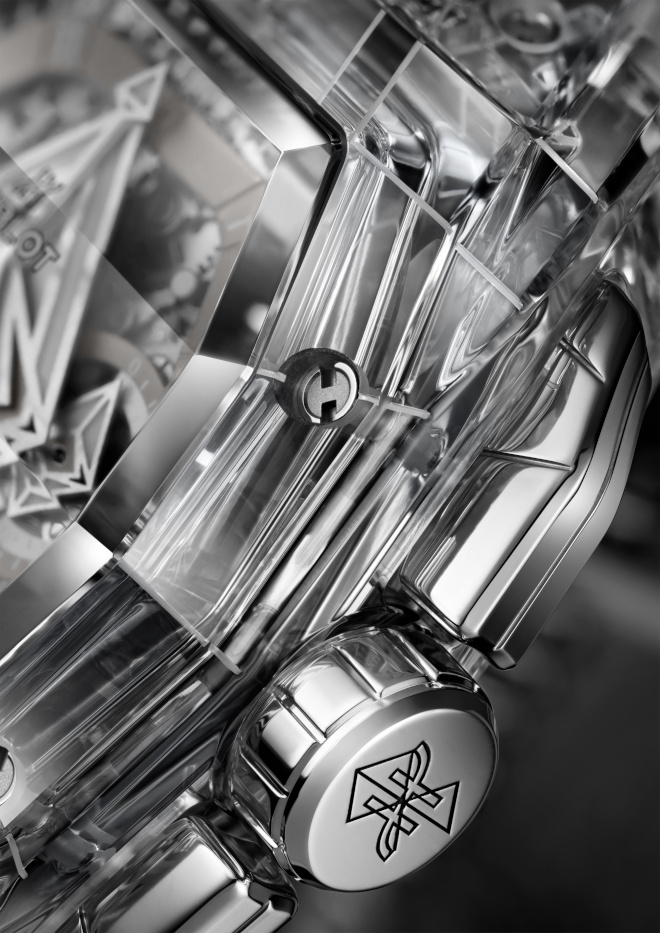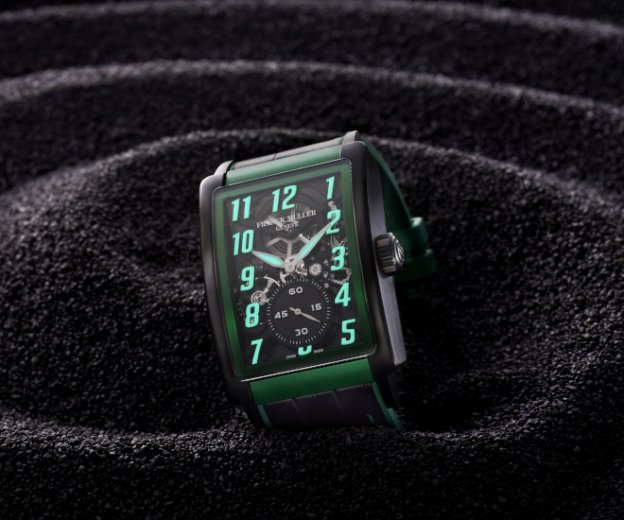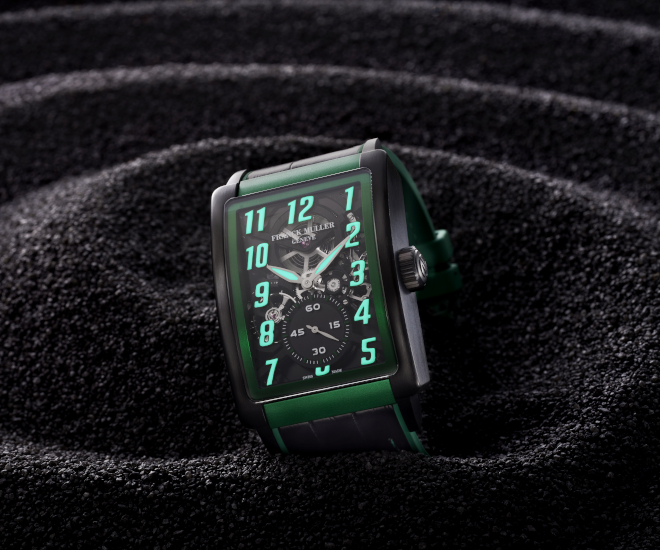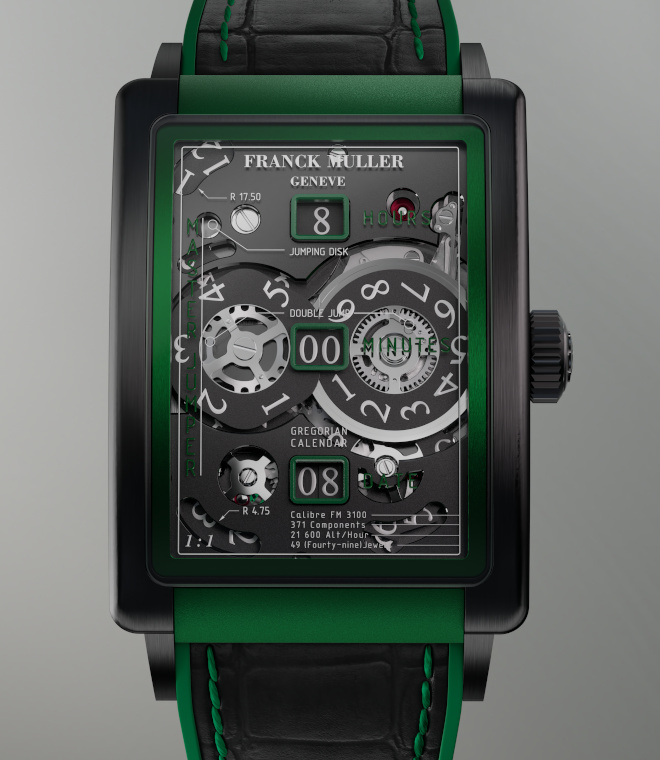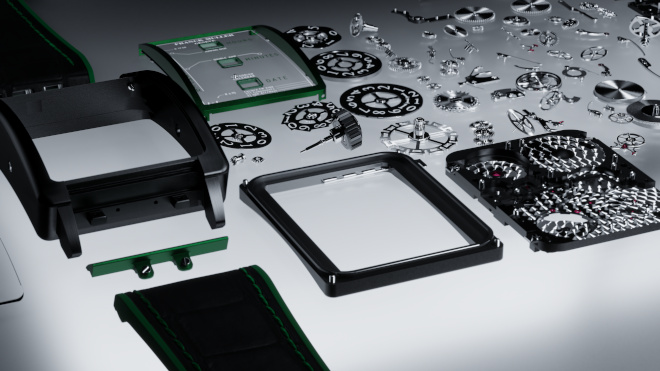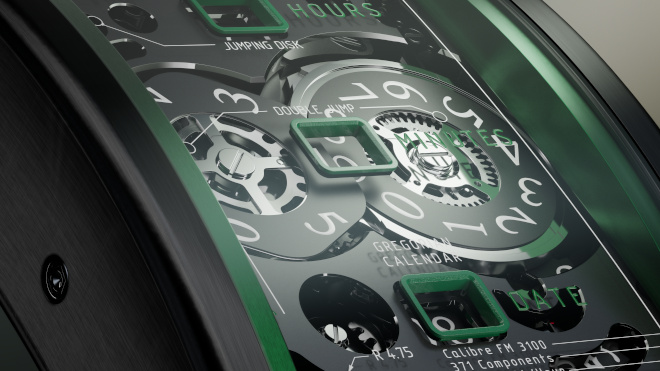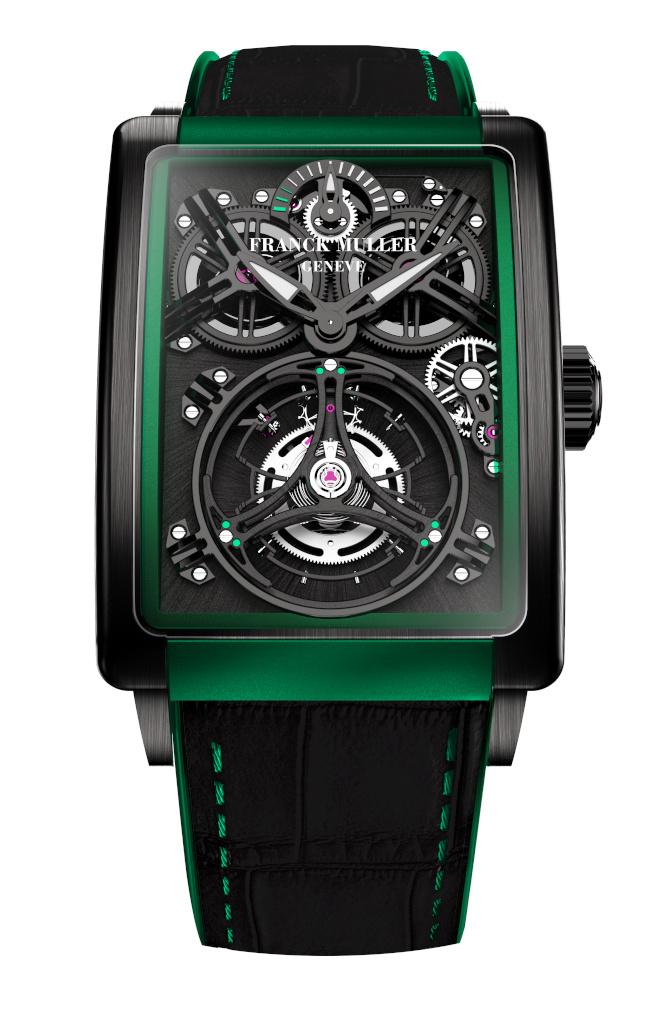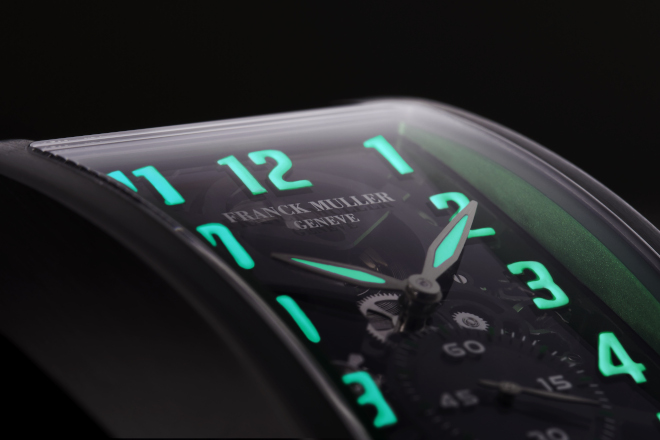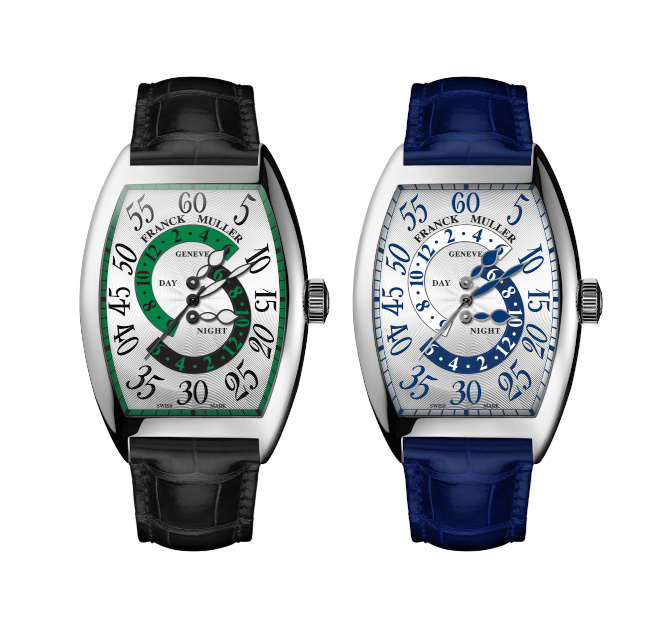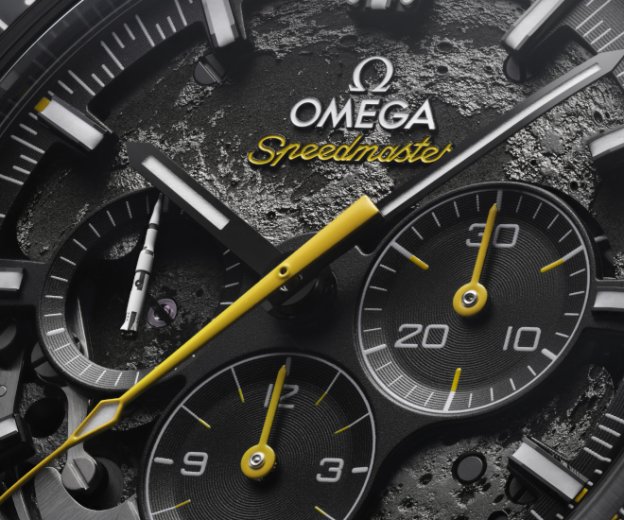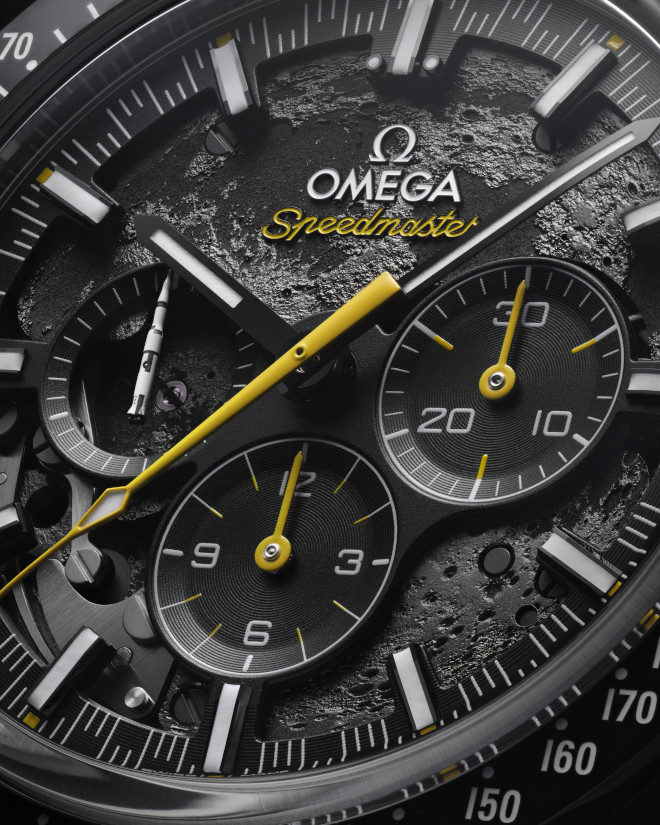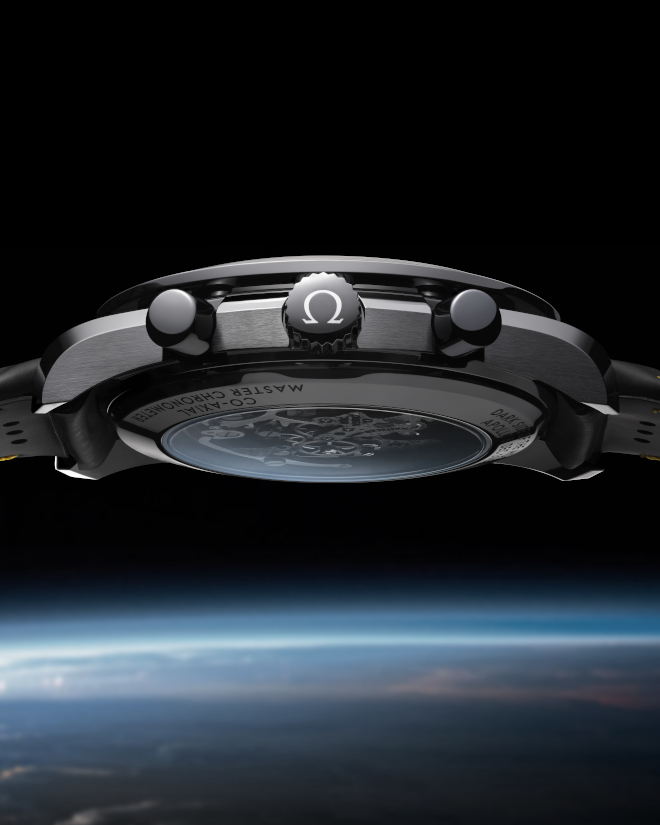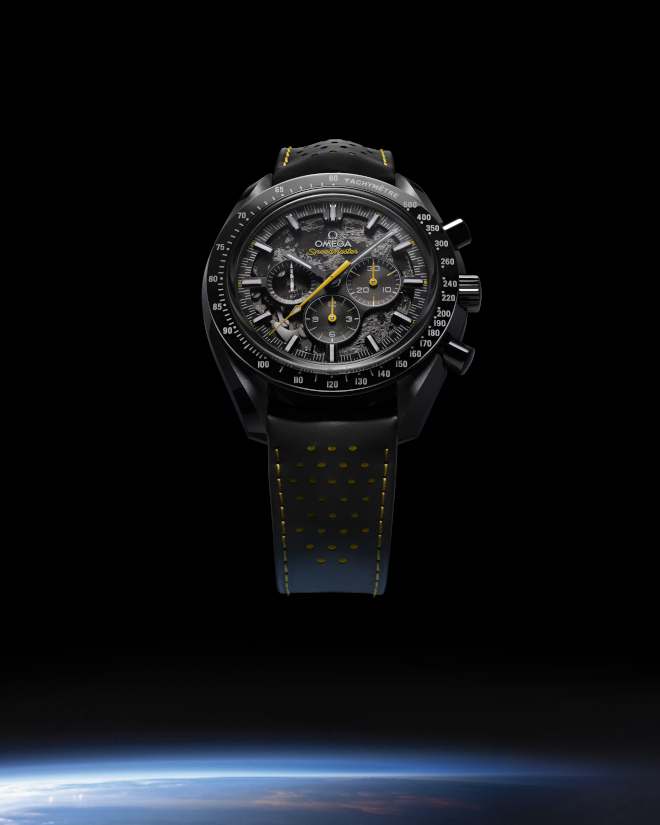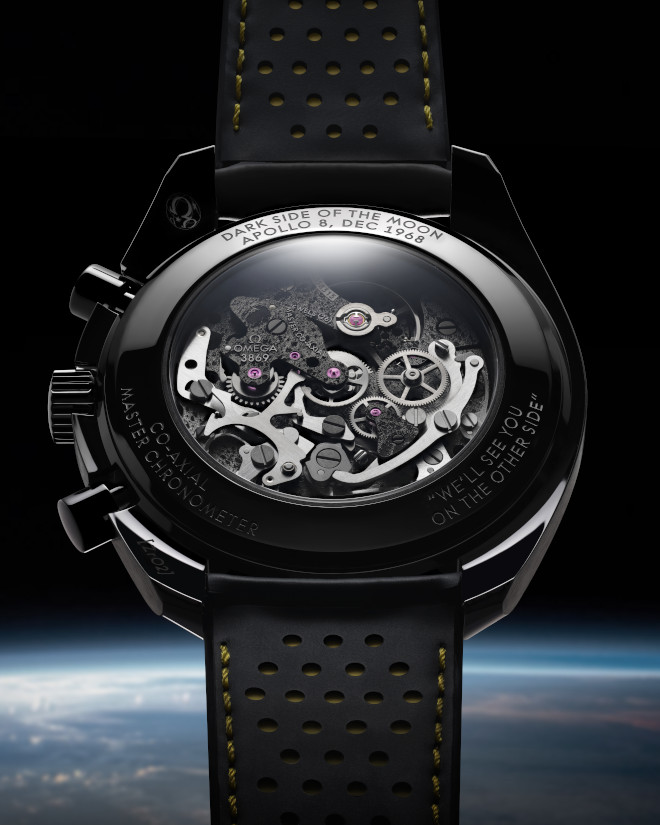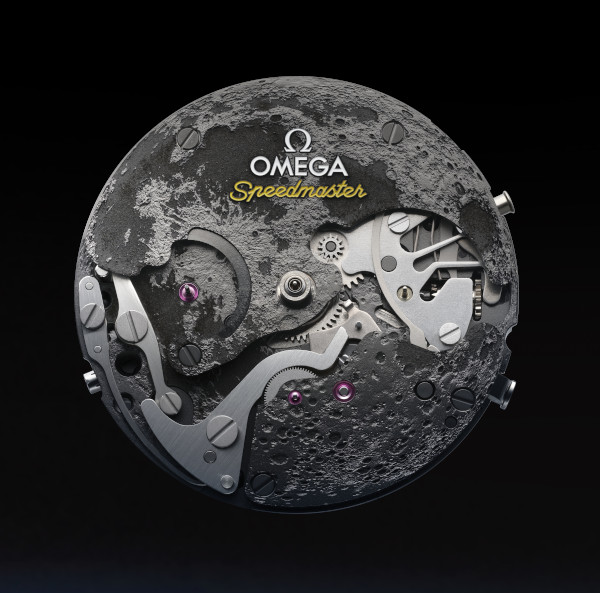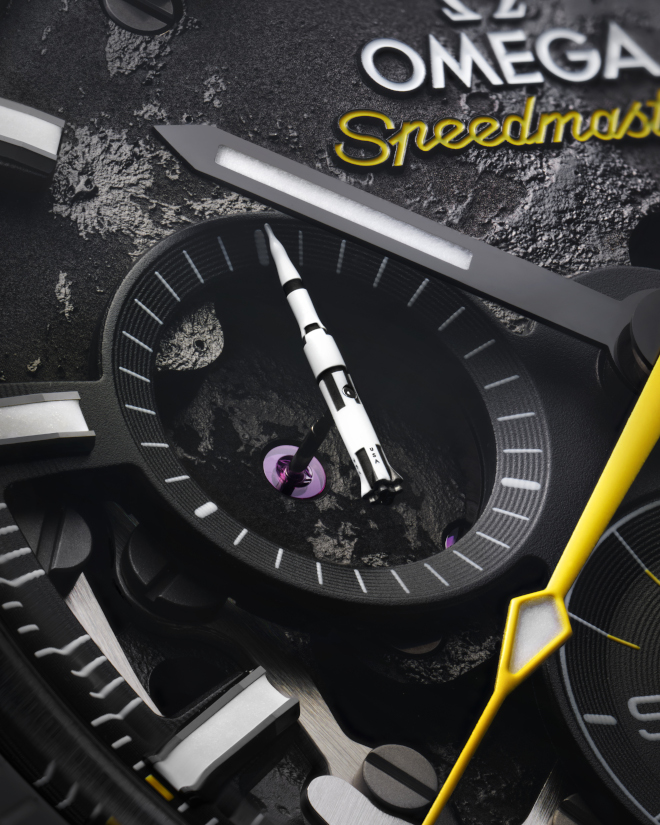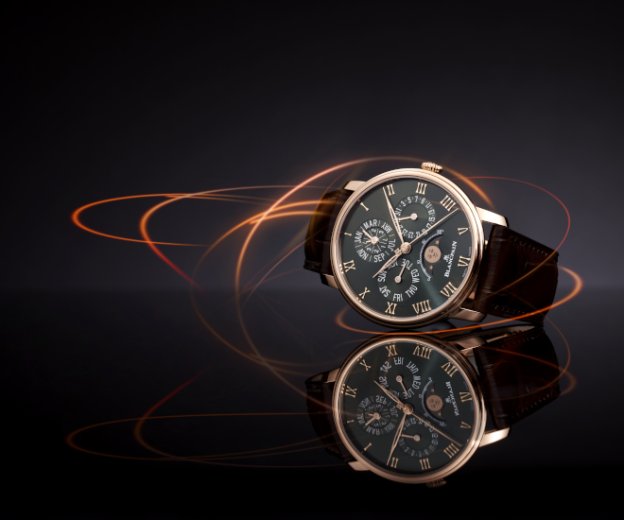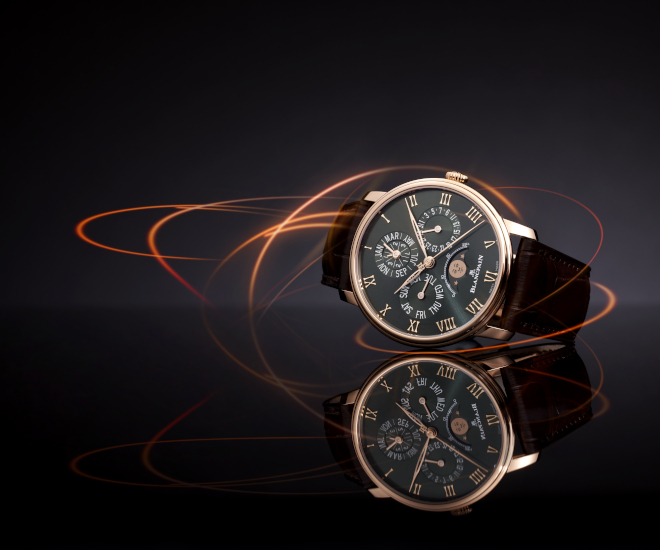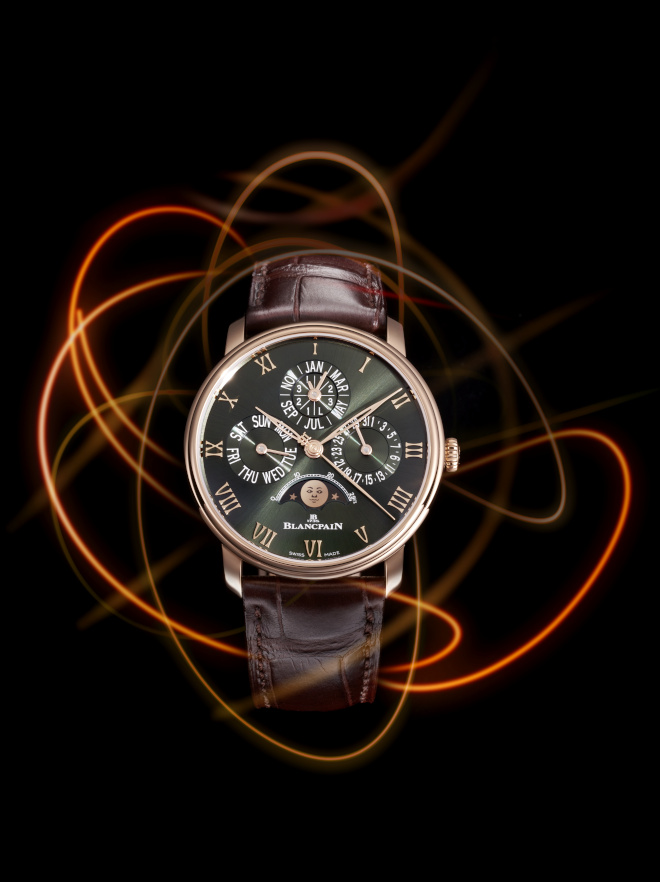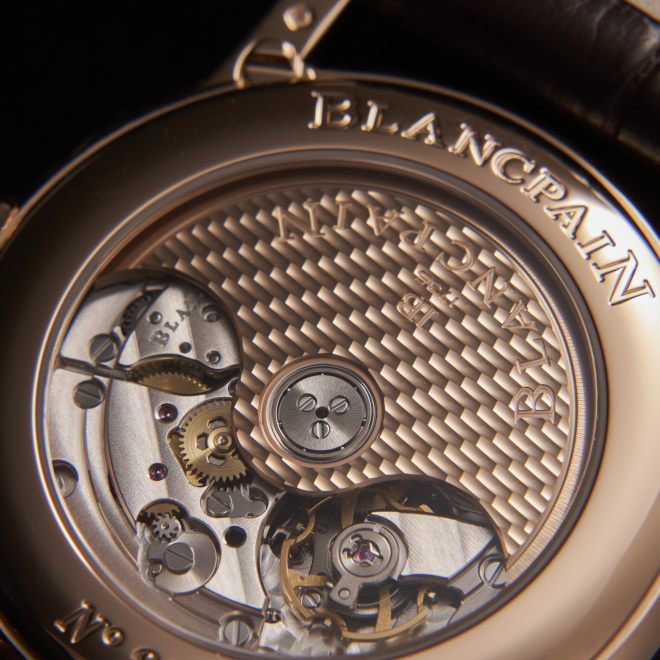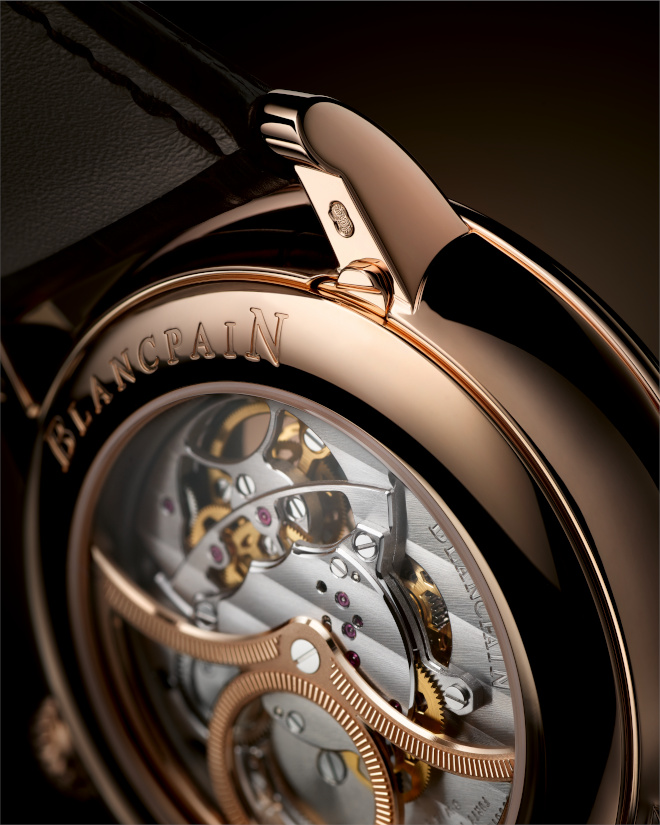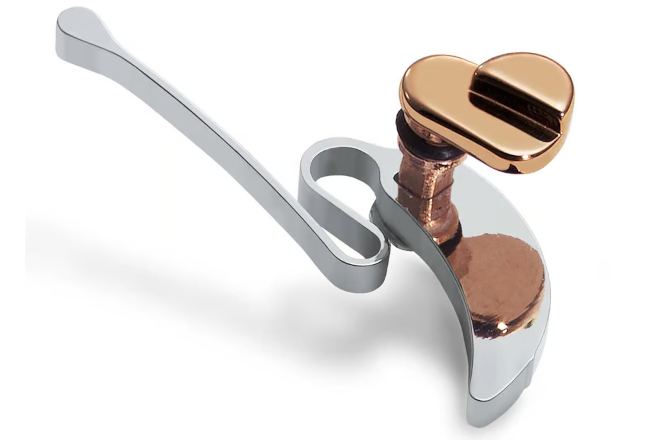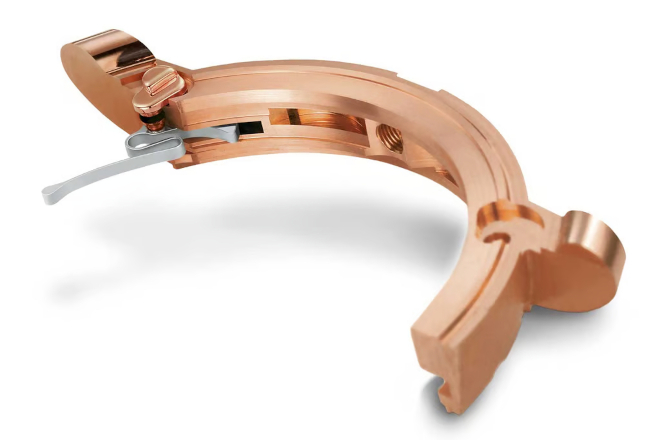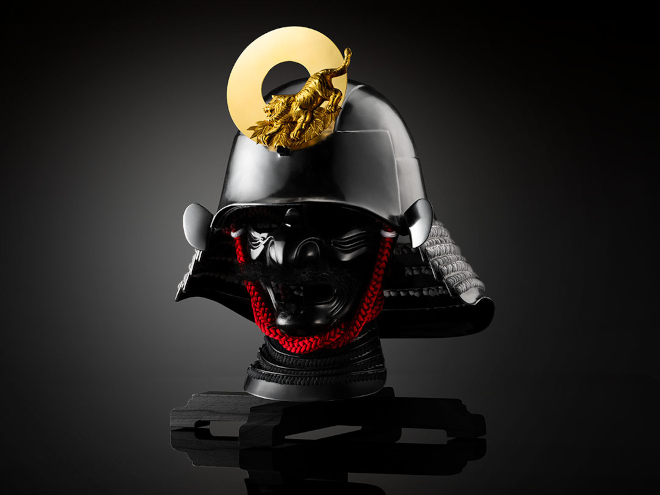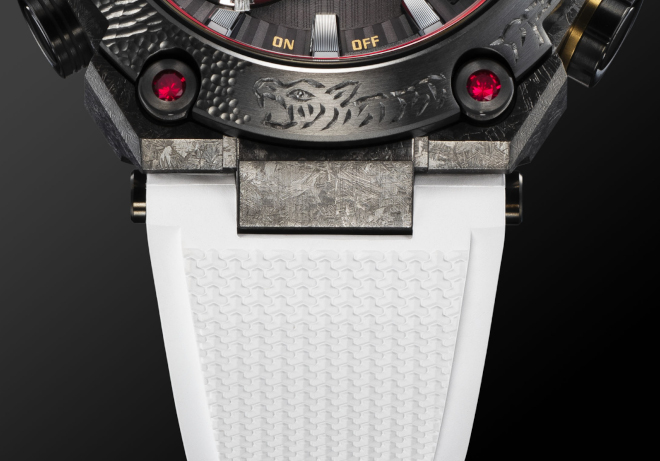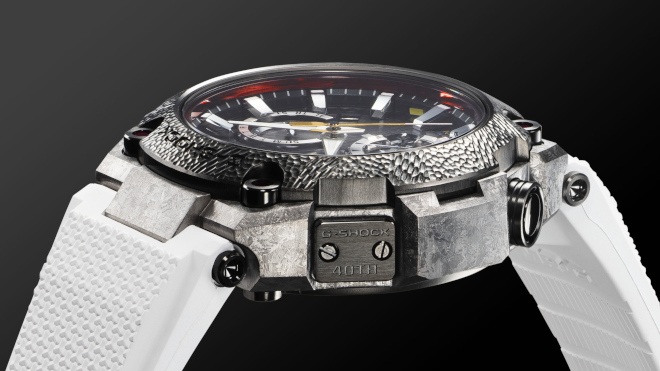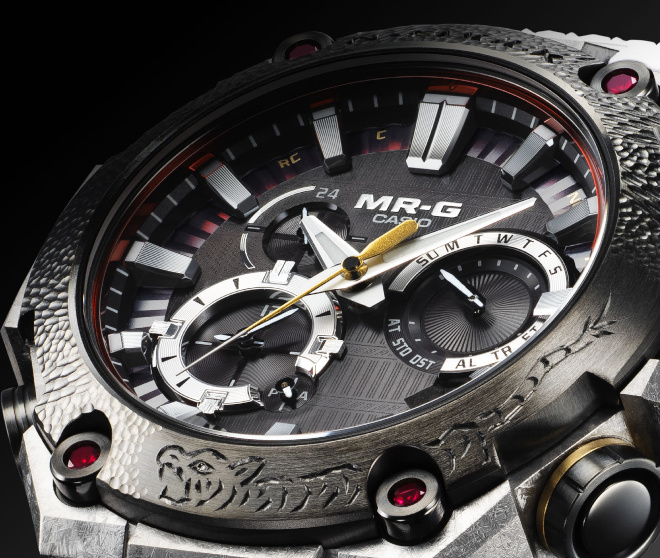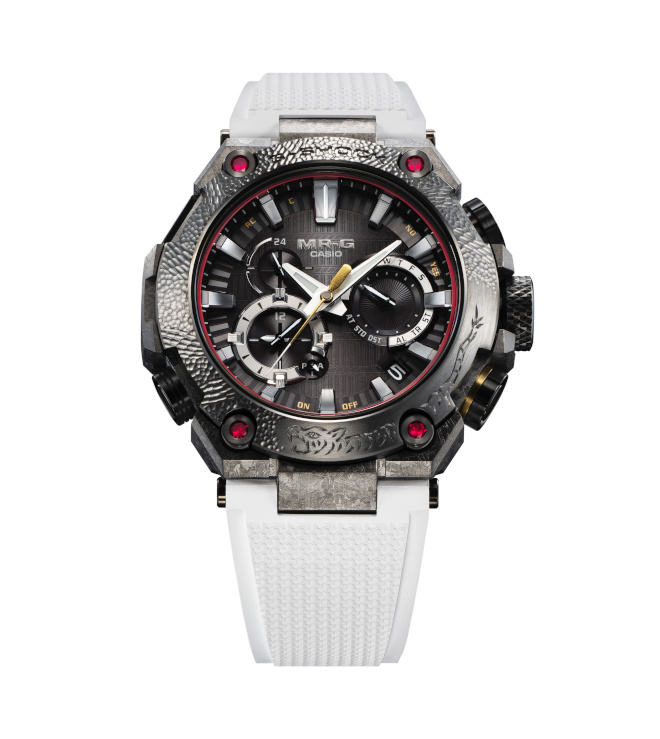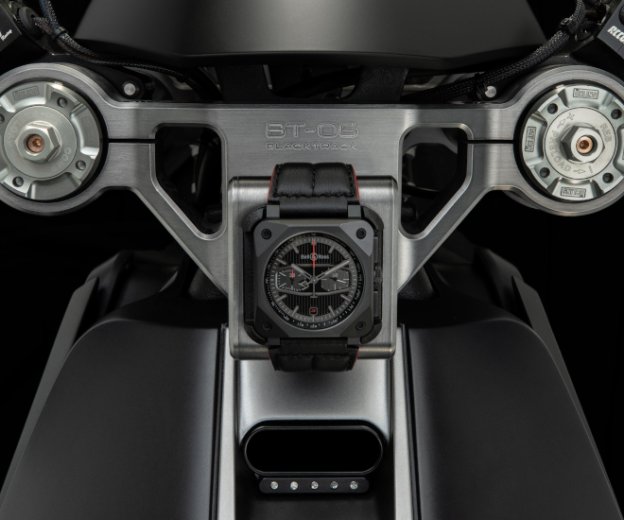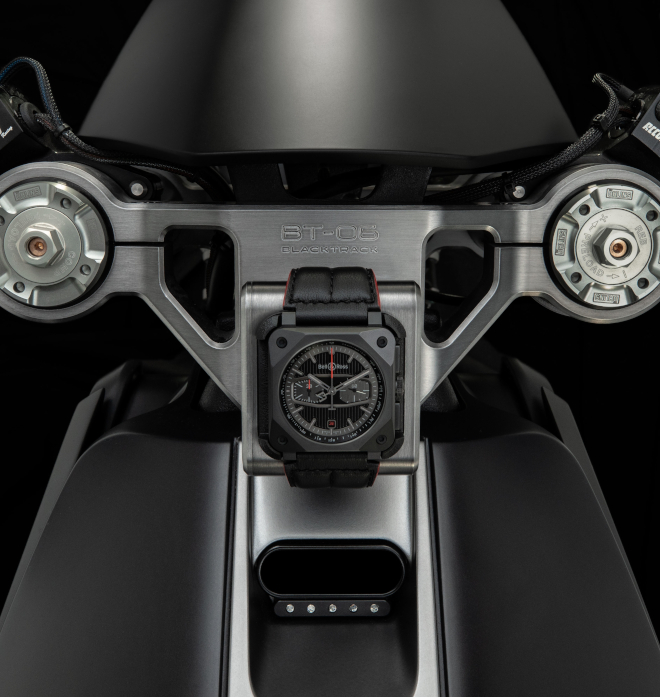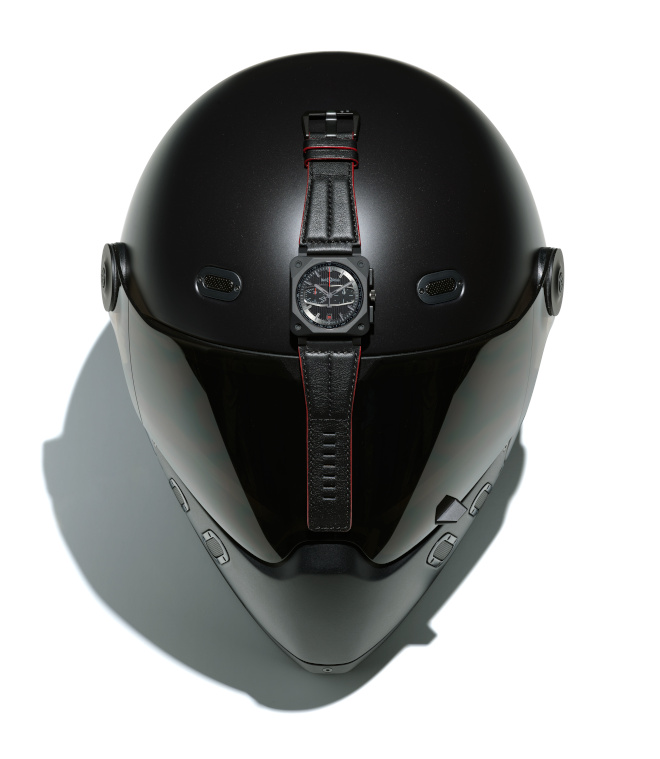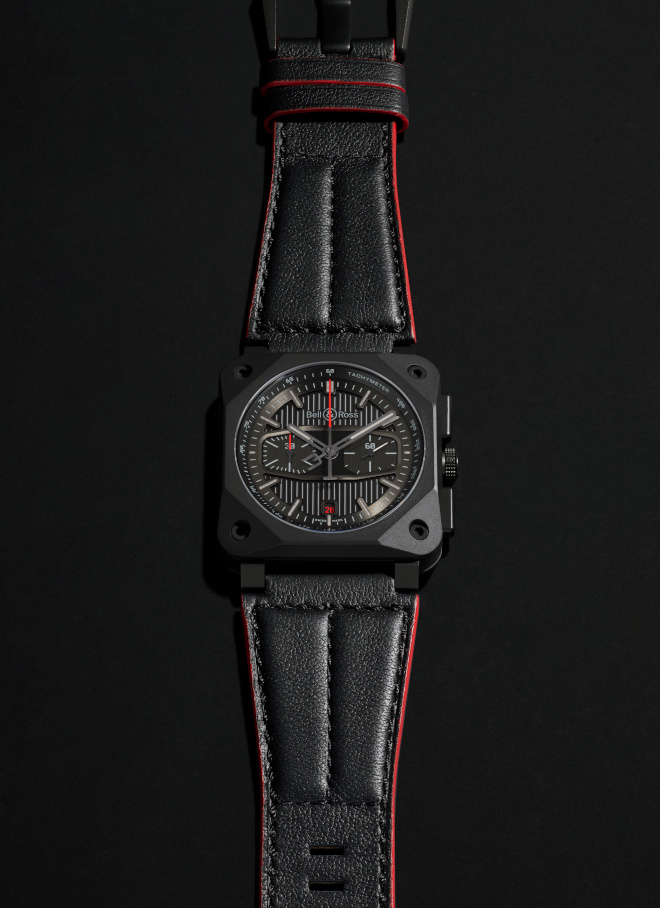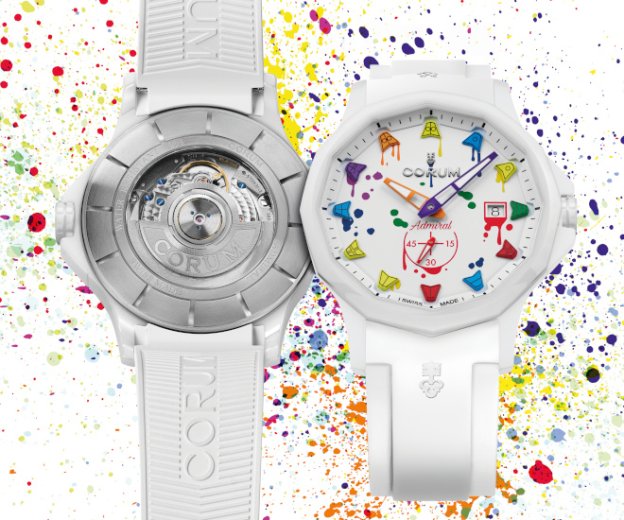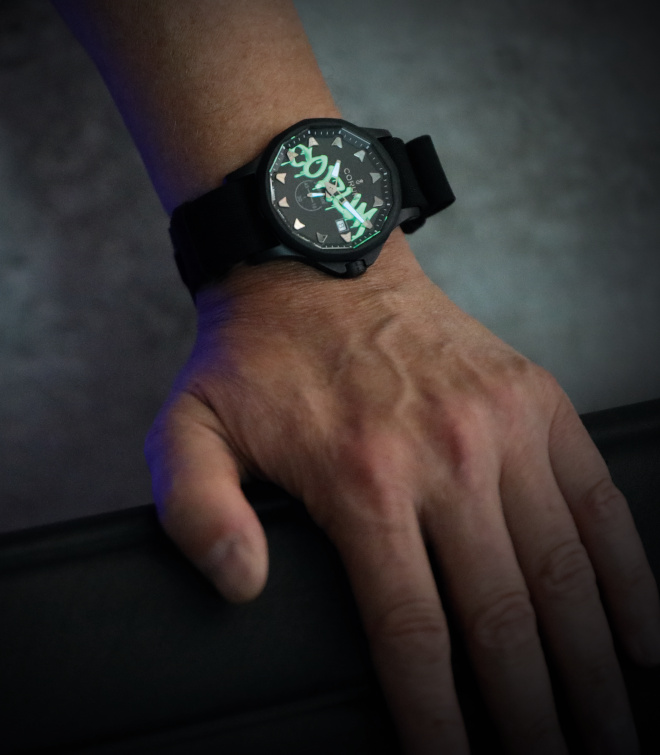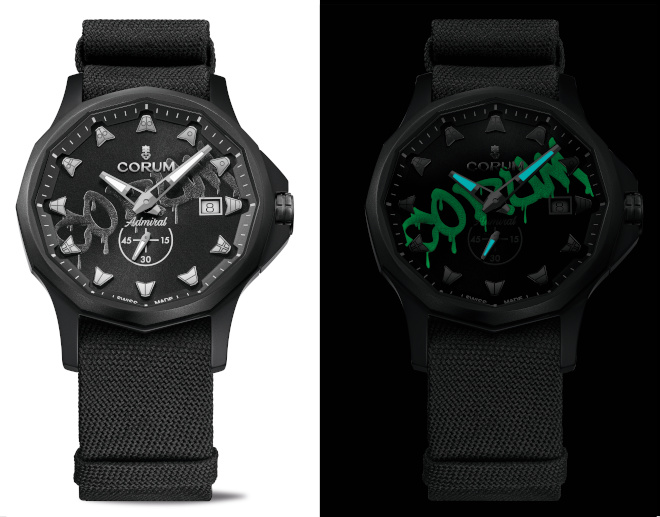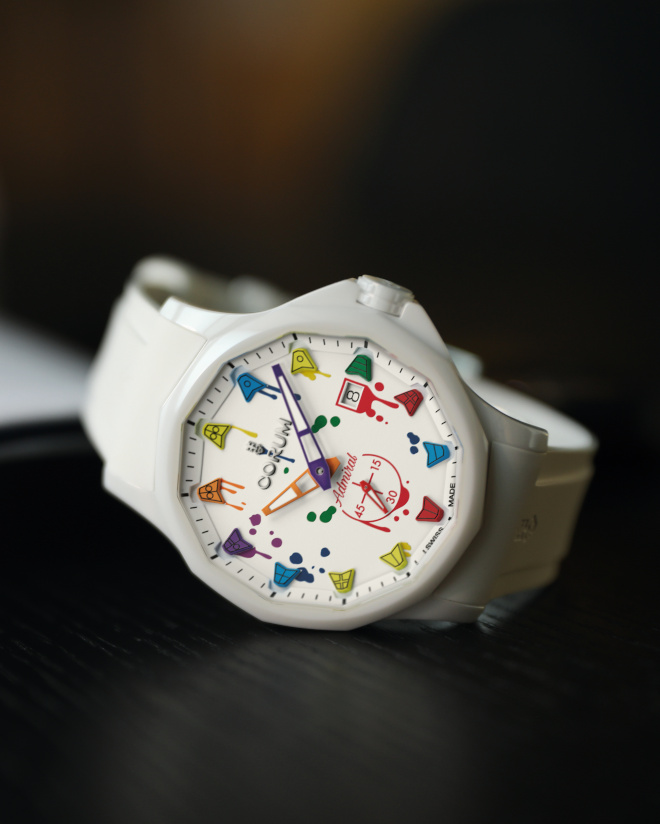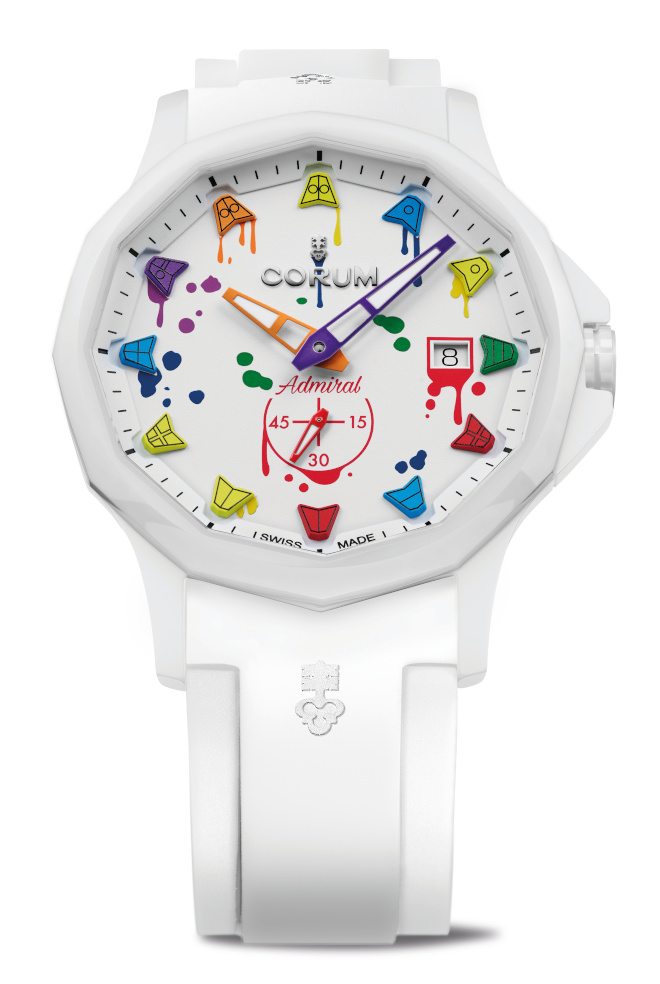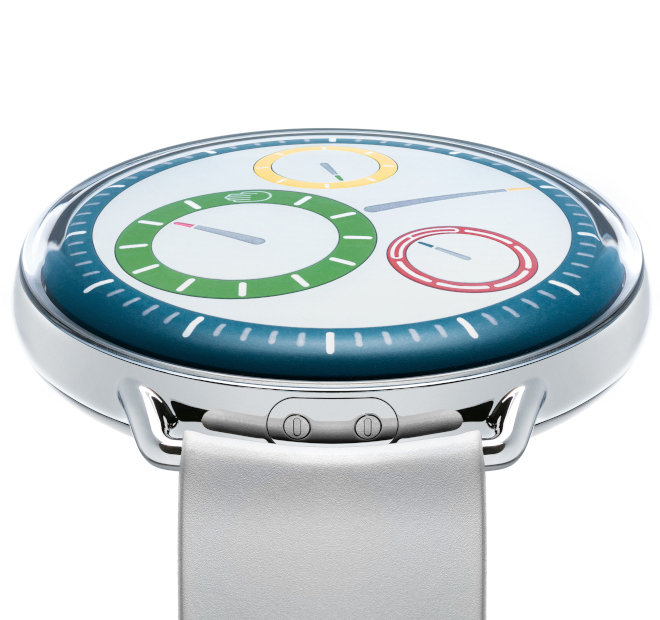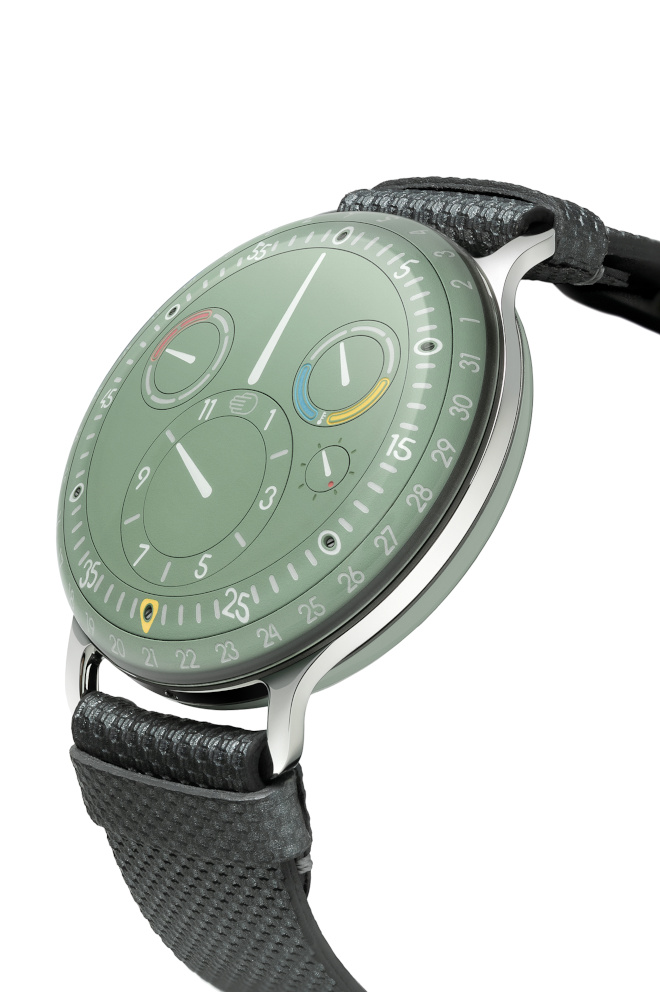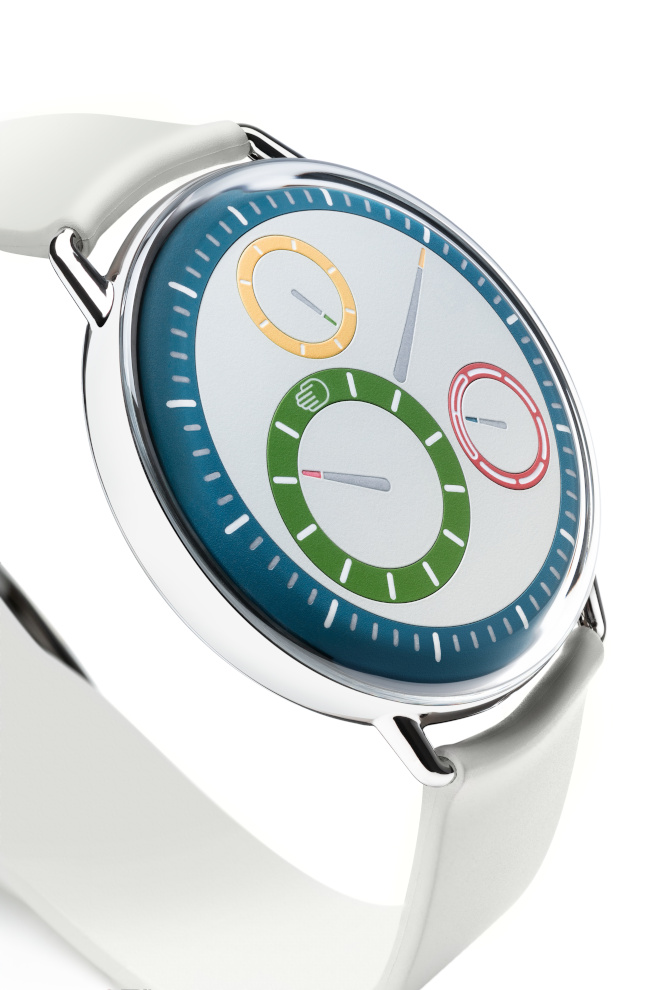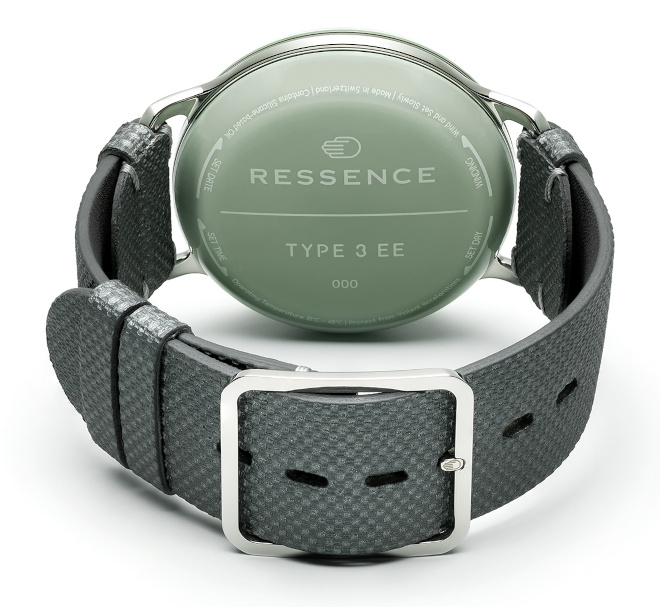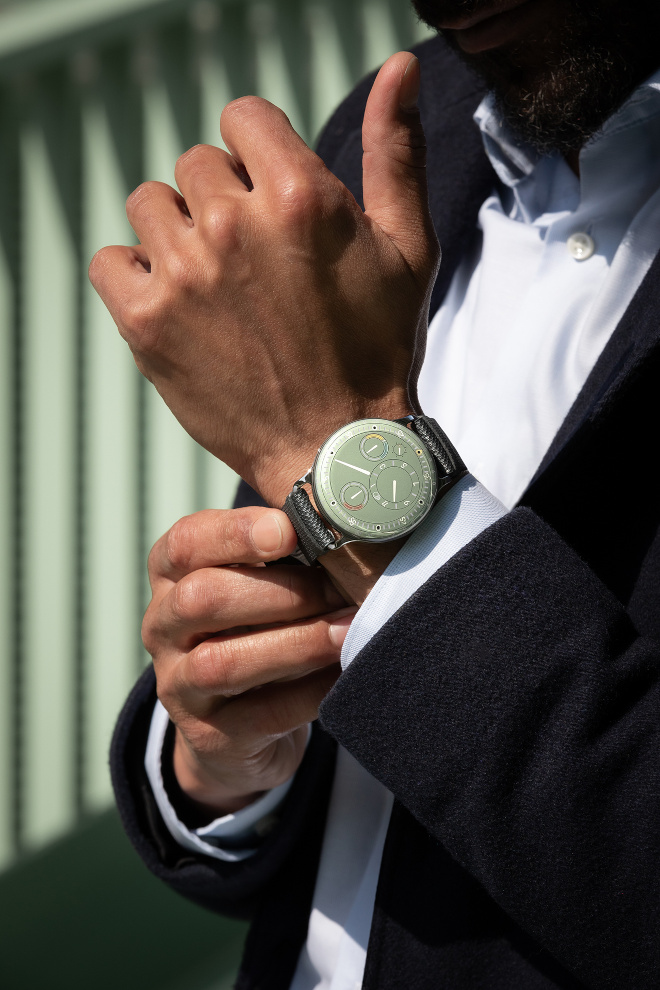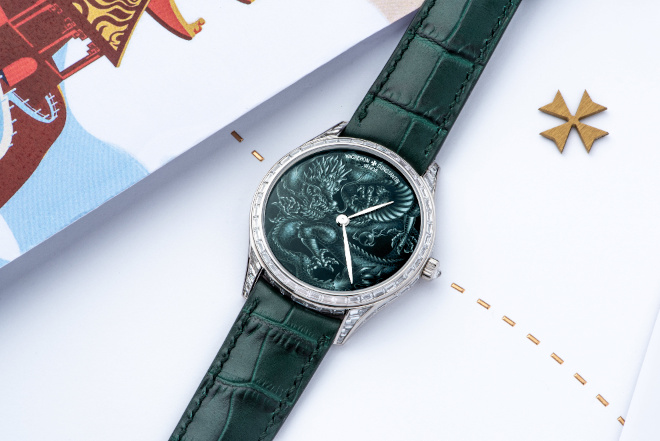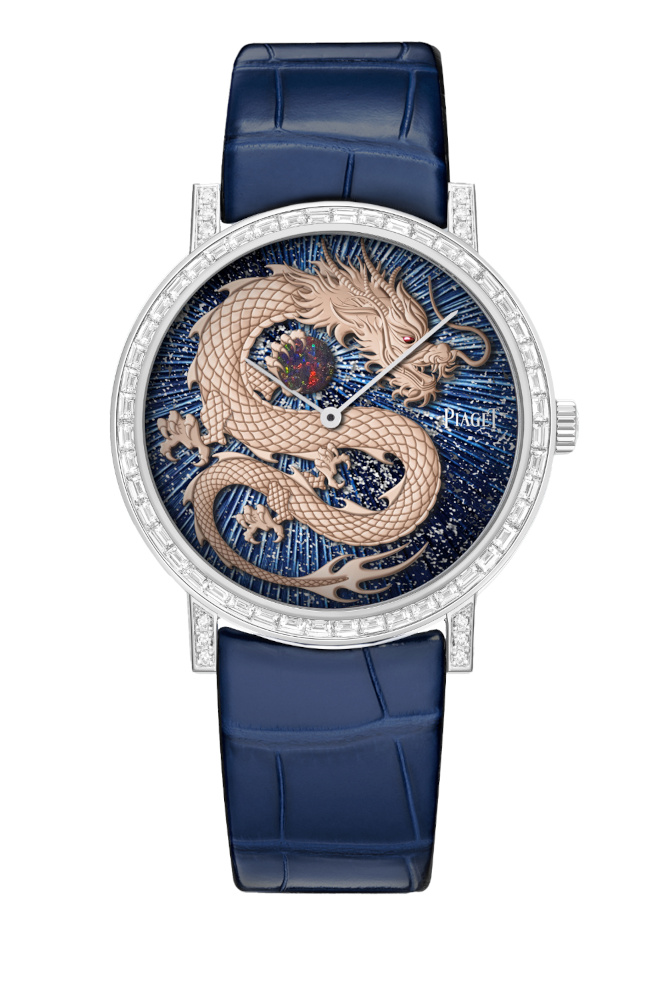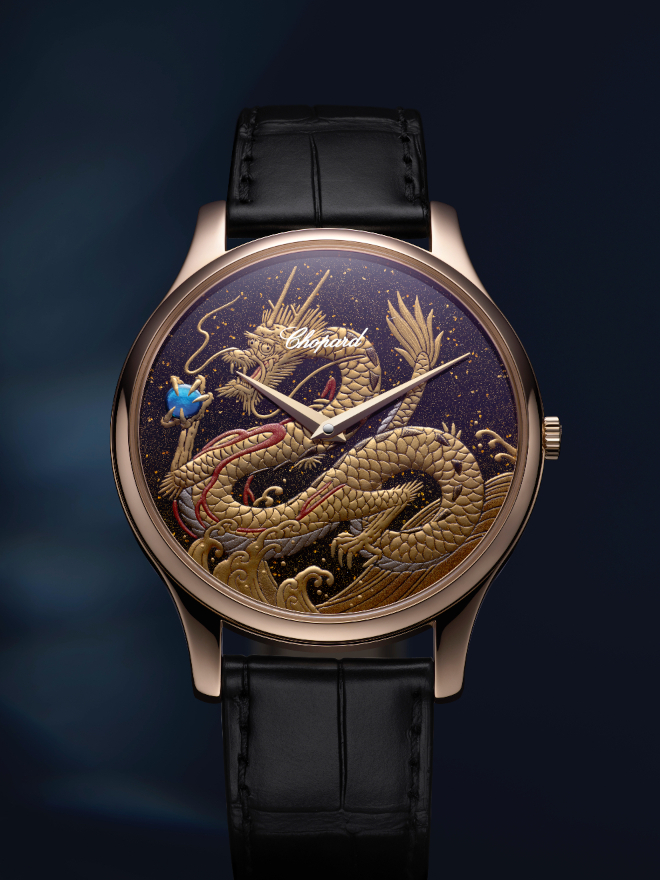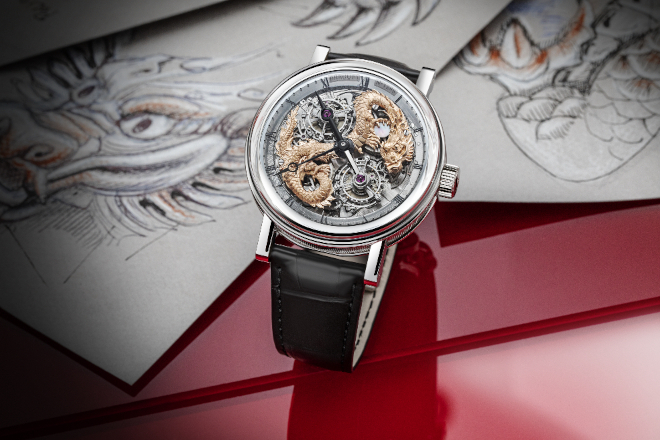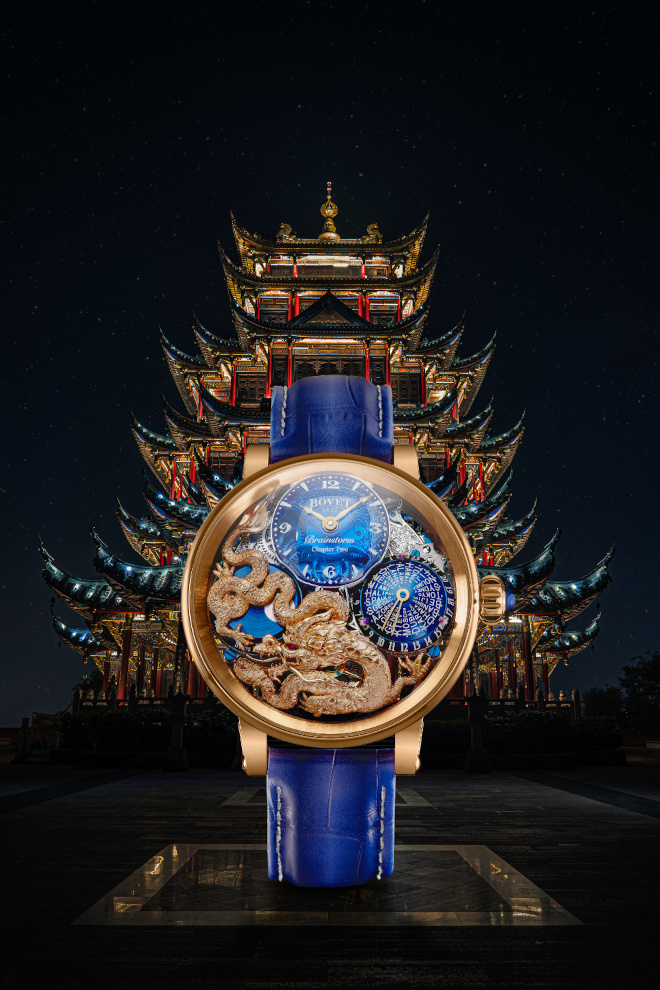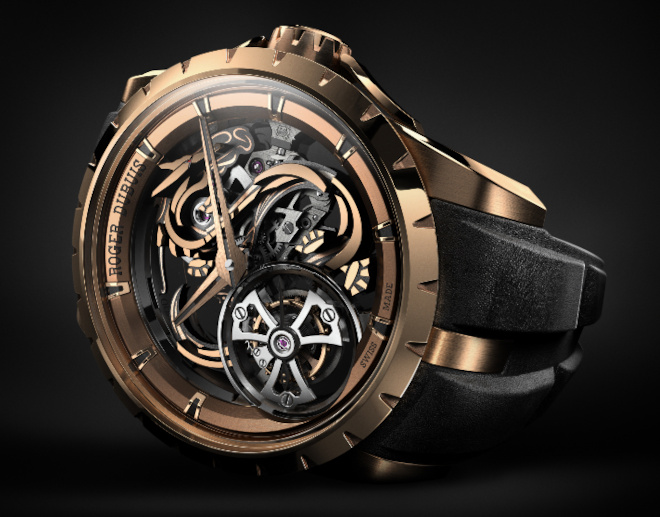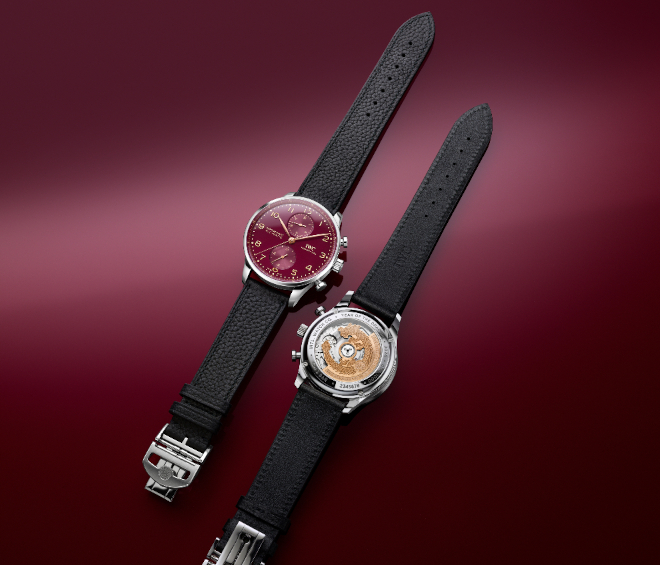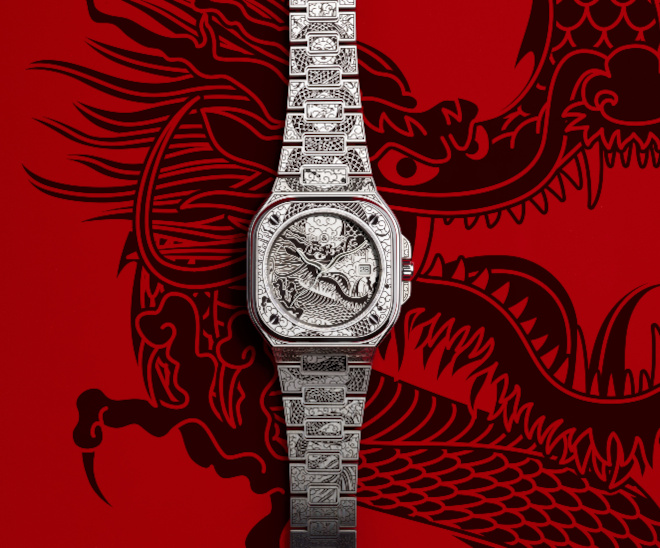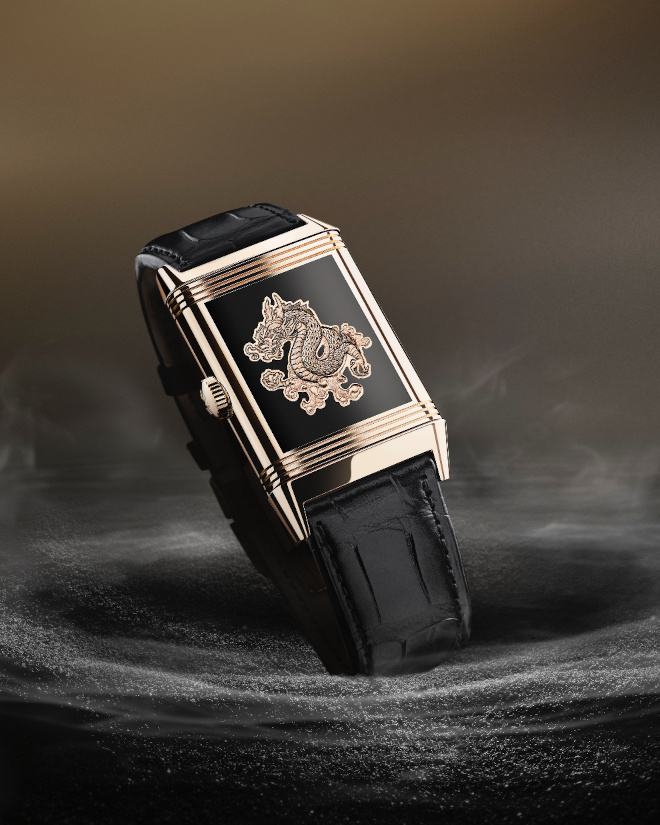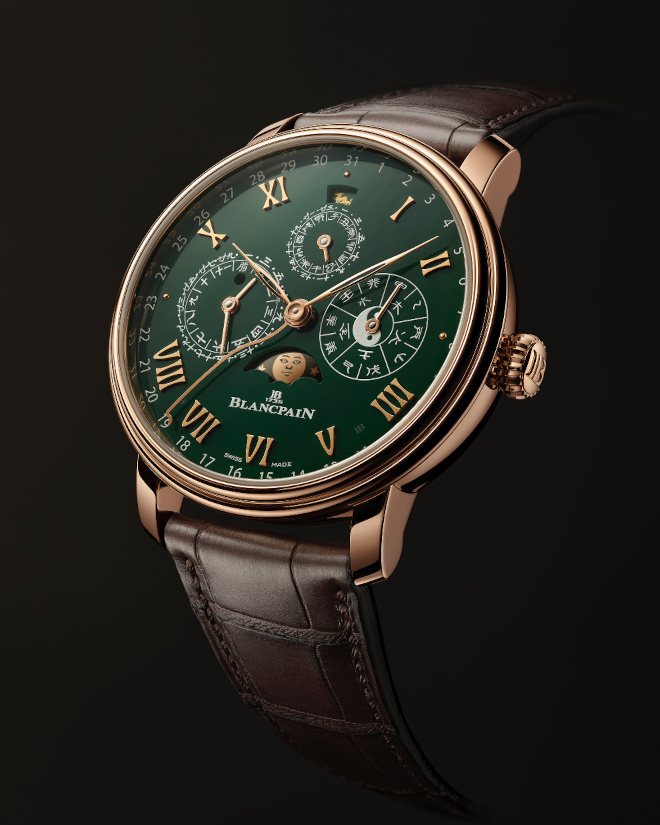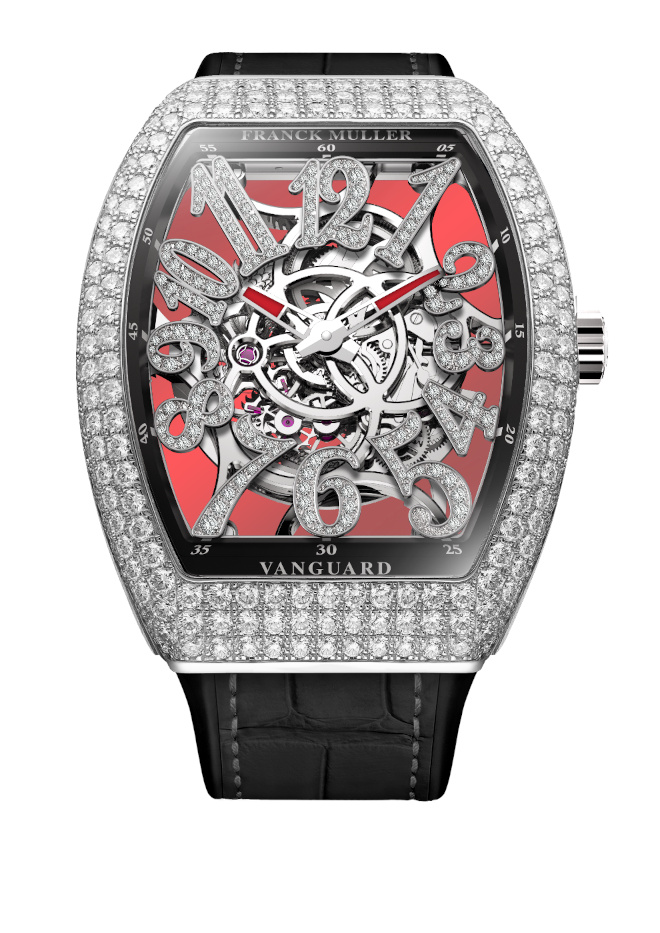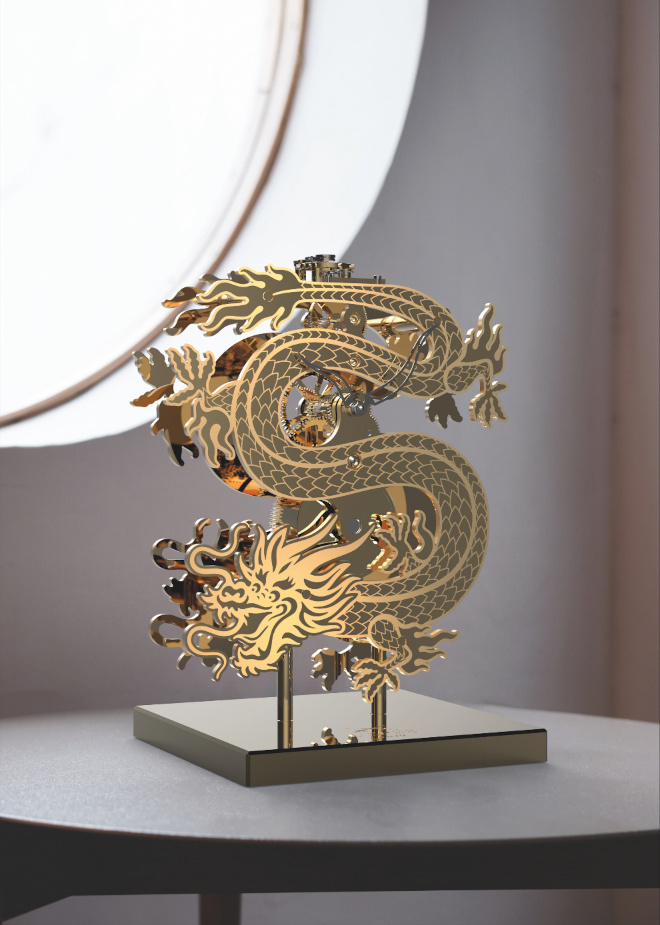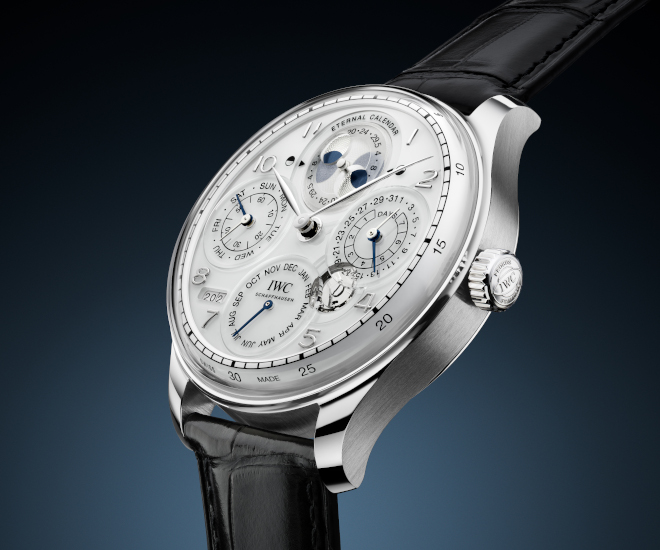
Throughout history, humankind has always sought to keep time. It began with curious glances at the sun, moon and stars in the sky which turned into observations of the lunar and solar cycles. Then, as the broader notion of time was quantified into calendars, they looked at more minuscule values, breaking down and counting hours, minutes, seconds, and fractions of seconds. Today we have come to a point in civilization where timekeeping is so commonplace that we take it for granted. The people who once watched the shadows of the sundial in excitement as the hours passed have been replaced by us, who lazily glance at a digital screen to get the time. So advanced, in fact, is our civilisation that now, we have the luxury of investing instead in traditional technology for the sake of preserving culture.
The perpetual calendar within a mechanical wristwatch is a beacon of such luxury. Even though we have mastered the tracking of the Gregorian calendar with digital means, there are watchmakers who have continued picking at the gear trains of movements in the hopes of making a perpetual calendar that is truly perpetual. And it seems that those watchmakers reside in IWC Schaffhausen. This is a story about the Eternal Calendar, a secular perpetual calendar mechanism that has finally solved the peculiarities of the Gregorian calendar, theoretically being able to keep the date for ‘eternity’ and also promises to keep an accurate record of the moon phases for the next 45 million years.
LEAP OF FAITH
To understand why this problem exists in the first place, one need only look to the stars for answers. The simple explanation of a ‘year’ as most people on the planet recognise, is defined as the time it takes for the earth to make one full rotation around the sun. It is taught in schools as 365.25 days, and this is also why, in the Gregorian calendar system, every four years these quarters are added together to form an extra day on February 29. This is the leap day added every four years to what is known as a leap year, and this is the problem the perpetual calendar has already solved.

However, scientifically speaking, the exact time that the earth takes to rotate around the sun is not exactly 365.25 days but rather 365.2422 days. And if the leap years are consistently added every four years, it would progressively shift the calendar out of sync as the centuries go by. When Pope Gregory XIII instituted the Gregorian calendar system in 1582 it included the leap year exception rule where three leap years every 400 years are removed to accommodate this difference.
This leap year exception rule, where every year divisible by 100 is not a leap year unless it is divisible by 400, is the one that perpetual calendar mechanisms still can’t solve. Thus, despite what the name of the complication suggests, the calendar will still have to be adjusted in 2100, the next instance where the leap year exception rule takes place.
In the same vein, most moonphase functions are also designed with the general rule that a lunar cycle is 29.5 days. In reality, this number is again an approximation of the observed time of 29 days, 12 hours, 44 minutes, and 2.88 seconds. Therefore, with the simplest moon phase indicators working on the 29.5-day cycle, they will start to be inaccurate after a few years of functioning.
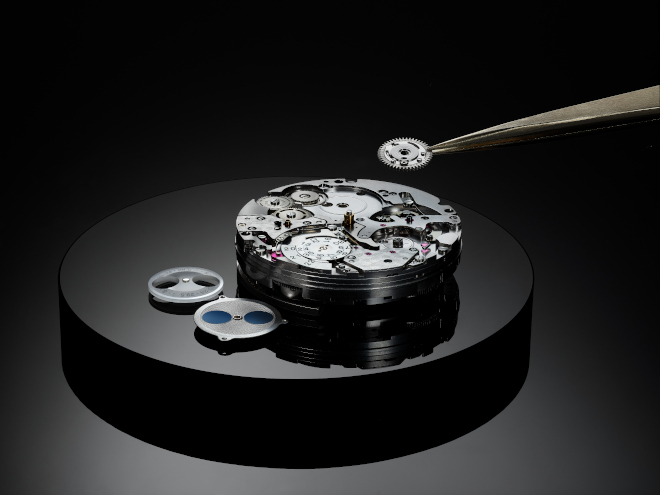
This is where IWC steps in. With their new Portugieser Eternal Calendar, they claim to have solved the problem by offering what they are calling a secular perpetual calendar complication that can not only keep track of the leap years but also observe the leap year exception rule resulting in a timekeeping mechanism that will theoretically display the correct date in perpetuity. And their moonphase indicator? They haven’t yet found a perfect solution, but are flexing hard with a mechanism that, they say, will be accurate for the next 45 million years. When the Eternal Calendar was launched, IWC cheekily stated that we would just have to take their word on this but since then, the Double Moon indicator on the watch has been recognised by Guinness World Records as the “most precise lunar phase wristwatch” with a theoretical deviation of just one day in 45,361,055 years.
COMMON DENOMINATOR
Solving this problem digitally is easy as most computers understand fractions and decimal places. And with the proper input instruction, you can get a computer to adhere to any nonconflicting rule like leap years and leap year exceptions. But when it comes to mechanical watchmaking, it is a lot more complex. Instructions have to be relayed in gears, springs and cams, while there is also the constraint of space in a wristwatch. This is why we mentioned at the top of the article that civilisation has to be at a place where excess is possible to devote the resources that luxury companies have to finding a more ‘artistic’ solution to a problem that has already been solved, vis-à-vis the calendar.

Kurt Klaus who celebrates his 90th birthday this year
However, in order to arrive at the Eternal Calendar, IWC had to have some considerable technical expertise in the complication. Their experience with perpetual calendars dates back to the 1980s with Kurt Klaus who incidentally is celebrating his 90th birthday this year. Klaus, was the student of yet another famous name at IWC, Albert Pellaton, of the Pellaton winding movement that is still in use today.
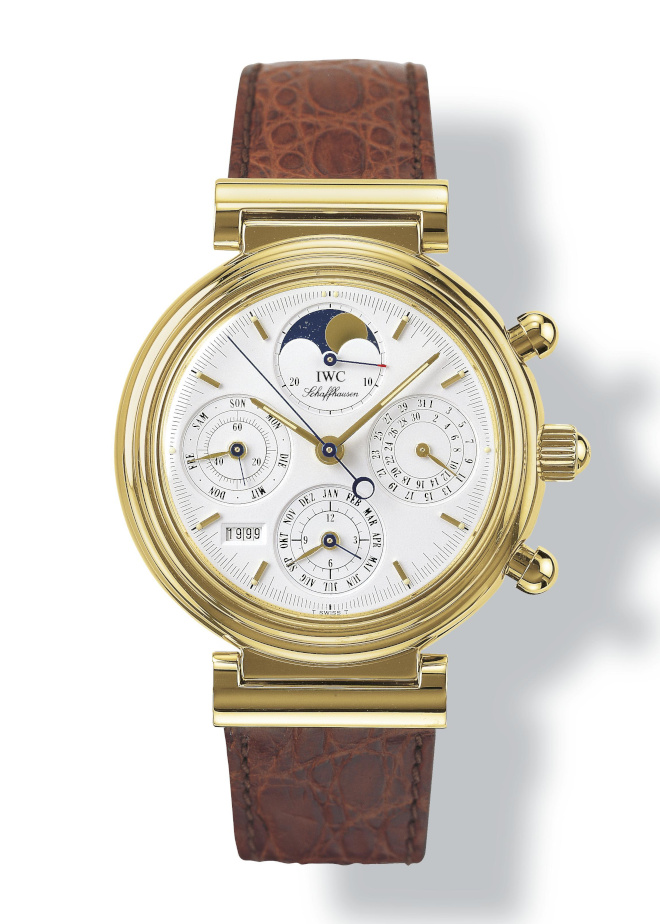
The IWC Da Vinci Perpetual Calendar Ref. 3750 in light yellow gold
In 1985 he pioneered an ingenious new perpetual Calendar movement within the Da Vinci Perpetual Calendar Ref. 3750 which allowed the user for the first time to set all the displays by simply turning the crown. And the genius of this perpetual calendar movement was that he achieved this through 82 individual components. Additionally, he also created a new moonphase indicator that was precise up to 122 years. Klaus’ perpetual calendar movement was also the first to offer a digital year display that could showcase the year until 2499. An interesting fact that IWC states is that that the 100-year numeral of this year display will advance only a mere 1.2mm in a century but a point on the balance wheel would have travelled a distance equivalent to 40 orbits of the Earth in the same time.
This was hardly the start of IWC’s foray into the perpetual calendar complication but it was a significant milestone in terms of the modern watchmaking landscape. The 1980s was the time of quartz technology and it took real gumption and perhaps foresight, both on the part of Klaus and IWC to choose to develop a mechanical calendar complication.
This choice, arguably has bore abundant fruits throughout the years as the perpetual calendar with moonphase indicator exists in some shape or form in the major IWC collections including the Pilot, Portofino and of course the Portugieser. And it has gotten upgrades over the years. In 2003 the perpetual calendar debuted within the Portugieser collection and its moonphase indicator gained accuracy, from needing adjustments once every 122 years to once every 577.5 years.
AGE OF ETERNITY
To say that IWC is excited about the Portugieser Eternal Calendar may be the understatement of the year as it was launched practically the moment the first pieces were fully assembled. Earlier this year at Watches & Wonders Geneva there were literally only two pieces of this watch circulating within their booth. Two pieces to serve thousands of journalists and more than ten thousand retailers, all clamouring to see this marvel that solved what the perpetual calendar complication couldn’t.
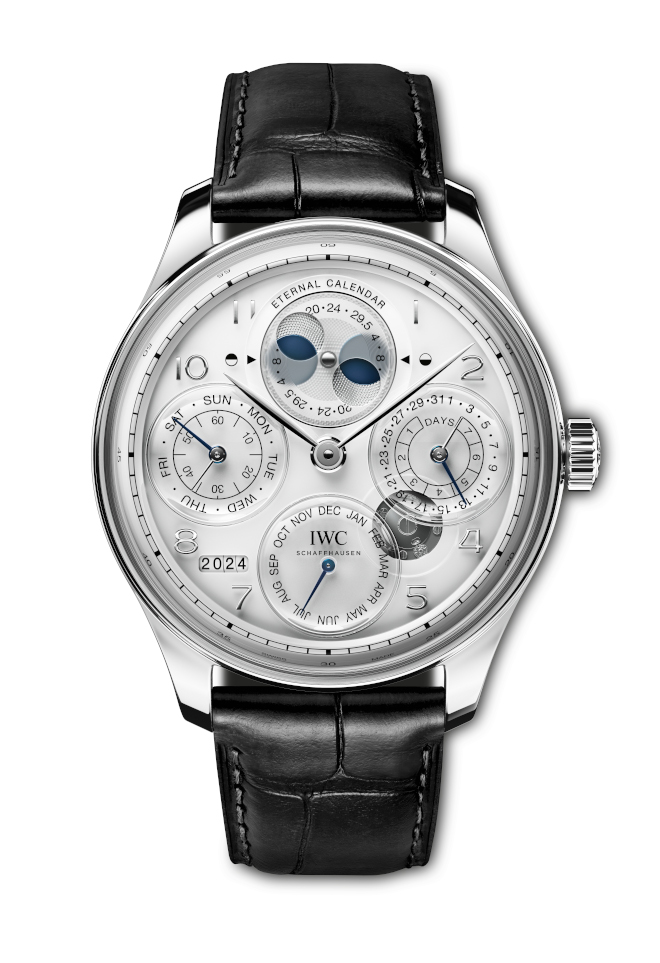
So how did they do this? The simple answer is to increase the duration of its calendar cycle. If you think about your average date display or the complete calendar complication it is simple because it is programmed to a 1-month cycle. This means that every month regardless if it’s a 30-, 28- (or 29) or 31-day month the date will always go to the 31st requiring an adjustment 5 times a year for the shorter months. The next step up in complexity is the Annual calendar which was designed in a 12-month cycle for the mechanism to understand the difference between the longer and shorter months.
Then comes the perpetual calendar. For it to understand that every four years a leap day has to be added to the end of February during a leap year it has to be designed to function in a four-year or 48-month cycle. With the same logic, the engineers at IWC solved the problem of the leap year exception rule by extending the programme cycle of the Eternal Calendar to a 400- year or 4,800-month cycle. This means, that inside the newly developed IWC-manufactured 52640 calibre movement, there is a gear that will only make one full rotation in four centuries. This gear contains three indentations which causes the perpetual calendar to skip three leap years over that period which happens next in 2100, 2200 and 2300.

Of course, if you’re going to have a secular perpetual calendar mechanism that theoretically keeps the date for ‘eternity’ the moonphase indicator that is accurate to 122 or 577.5 years simply won’t do. To solve this problem, IWC installed a reduction gear between the base movement and the moon phases disc to get as close as possible to the actual duration of the lunation – the aforementioned 29 days, 12 hours, 44 minutes, and 2.88 seconds. The design of this reduction gear, now this is the interesting bit, was done by engineers using a special computer programme to simulate more than 22 trillion different combinations before settling on this mechanism that they say will be accurate for the next 45 million years.
What is perhaps overshadowed by the 45 million years and the Eternal part of the watch is the details they have afforded on the dial of this Portugieser. They chose to go with a glass dial which is frosted and lacquered on the underside. On top, there are clear subdials and the numerals and characteristic Portugieser minute scale are printed on a white lacquered flange sitting between the glass dial and the front glass. The whole thing gives the watch a sort of dimensionality, revealing only a very inconspicuous clue that when 2100 rolls around, finally, no adjustments will have to be made.
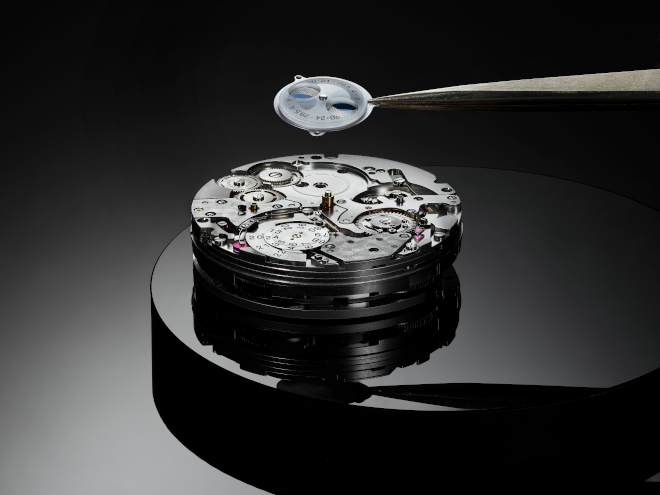
THE END
Theoretically, if the Gregorian calendar system doesn’t change, the Portugieser Eternal Calendar presents a perfect calendar complication that would never run out of sync. However, at present IWC claims the secular perpetual calendar complication will be accurate until at least 3999 because it has not been officially decided if the year 4000 will be a leap year or not.

Assuming the rules stay status quo and, of course, humanity continues to exist, what then is eternity? How long will the calendar of the Eternal Calendar be accurate? These types of questions are too complex for us and perhaps even IWC to answer. So, they sought out, Brian Cox, particle physicist and professor at the University of Manchester, to help out:
“In our current baseline model of the universe, we understand that the universe is not only expanding, but it is expanding at an accelerating rate. If the universe continues to do that, we will reach a point when everything is so far apart from everything else, and the temperature of everything is the same. Technically, we would say that entropy always increases as the universe goes from a highly ordered state to something messier. However, one of the things that we know about a clock is that it is a thermodynamic device. To build a clock, you need a temperature difference. In the far future, we will reach a point when no more temperature differences exist in our universe. I suppose that, then, time will have gone. When we get to the point where nothing happens in our universe – when there are no more temperature differences, and you can’t even build a clock. That, to me, is eternity. It goes on forever, and time will have ceased to have meaning. To give you a rough number: we currently believe that the supermassive black hole in the centre of our galaxy will evaporate in something like 10 to the power of 100 years. That’s one with 100 zeros. So, we are talking about an unbelievable amount of time before that probably will happen.”
So in short, a really freaking long time.
